What is Organic Modernism & Organic Modern Style Design?
Have you ever walked into a room and felt an instant connection to nature, all while appreciating the sleek, modern design elements around you? If so, you've probably experienced the allure of Organic Modernism. But what exactly is this design trend, and how can it transform your living spaces into a harmonious blend of nature and contemporary style?
Organic modernism is a design style that combines natural materials, forms, and textures with modern elements. The lively fashion trend emerged in the middle of the 20th century and witnessed the transformation of materials from nature, such as wood, stone, and leather, into stylish, modern decors.
Are you curious to discover more about Organic Modernism & Organic Modern Style Design and how it can elevate your home's aesthetic? Then, join us as we delve into the world of this captivating design trend.
What is Organic Modernism?
Organic modernism can be described as a sophisticated fusion of natural materials, clean lines, and warm textures, creating a serene and welcoming environment. This design approach emphasizes the balance between modern aesthetics and the natural world, resulting in calm, connected, and visually stunning spaces. Also, organic modernism is designed to protect the environment and improve the relationship between nature and humans.

1. The Principles of Organic Modernism: Form Follows Function
In organic modernism, form follows function as one of its tenets. In other words, an object's design must take into account its intended usage. Things should be shaped to meet practical requirements, decorative or not. Using organic modernism principles, a chair is comfortable, strong enough, and made of durable and sustainable materials.
2. How Organic Modernism Incorporates Natural Materials into Design?
There are some ways to do this;
To add warmth and texture to surfaces, primarily of wooden furniture.Marble and granite can be used as natural materials, too.Luxury, durability, and comfort can all be found in leather designs. Natural fibers, such as cotton, wool, and linen, can also be used to make them.
3. Blending Natural Forms with Modernist Principles
Following these steps, it can be matched the natural forms with modernist principles;

- Curved lines create a sense of movement.
- Using geometric shapes and organic shapes found in nature adds complexity and depth to a design.
- Using natural materials alongside industrial materials can create a warm and welcoming atmosphere.
- Incorporating natural materials into a design can also promote sustainability.
4. Organic Modernism vs. Mid-Century Modernism: What's the Difference?
There can be many differences but the key ones are:
- In mid-century modern design, ornamental and decorative elements are not present.
- Natural forms and materials are used in organic modernism alongside industrial materials.
- Organic modernism emphasizes simplicity and natural beauty, while mid-century modernism often incorporates patterned fabrics and colorful accents.
- Natural and renewable materials are used in organic modernism.
What is Organic Modern Style Design?
Organic Modern Style Design is a design approach that seamlessly combines the principles of organic modernism with the beauty and warmth of natural elements. In this unique style, natural world connections are emphasized through organic shapes. Plus, clean lines, simplicity, and functionality are prioritized. As a result, organic mid-century modern designs are functional and durable and feel organic and harmonious.

1. Organic Modern Style: A Marriage of Functionality and Aesthetics
Functionality and aesthetics are married in organic modern style design. Accordingly, aesthetics of use and design functionality are two inseparable elements that complement each other like a happy marriage.
2. Sustainability and Eco-Friendly Design
Organic modern design focuses on sustainability and environmental friendliness. To obtain these, here are some steps;
- Use of natural materials
- Recycling and reuse
- Energy efficiency
- Sustainability in production
- Indoor air quality

3. The Importance of Natural Materials in Organic Modern Design
It is important to emphasize the naturalness that creates the texture of the work because;
- The organic modern design relies heavily on natural materials.
- It evokes the natural world by using natural materials.
- Natural materials are more durable than synthetic ones.
- Designing with it adds richness and depth to a space.
- Wood and natural fibers have health benefits, improving indoor air quality and decreasing toxins.
4. Key Elements of Organic Modern Desing: Minimalism and Functionality
Organic modern home decor includes elements has a specific in accordance with its own style, so;
- Simple, minimalist, and free ornamentation is valued.
- It is practical and efficient.
- Combines natural materials.
- Creates a calm and balance in a space.
- Uses earth tones and neutral colors.
- Uses geometric shapes to create a balanced appearance.
- Features open floor plans for an aesthetic atmosphere.
5. The Role of Color in Organic Modern Style Design
In organic modern home design, color plays an important role. Every tone has its own characteristic beauty.
- Natural elements such as wood, stone, and plants inspire earth tones such as brown, gray, and green.
- Neutral colors such as white, black, and beige allow other design elements to stand out.
- Bold colors create a sense of interest and contrast.
- Additionally, color blocking is used, which involves placing color blocks side by side and creating a contrast between them.
How to Style Organic Modern Home Decor?
The key to creating an organic and modern look in homes is to use natural materials, and neutral color palettes, mix textures, embrace minimalism, incorporate geometric shapes, bring plants, and choose statement pieces. Combining these elements is possible to create an aesthetically pleasing and functional space.
1. Organic Modern Living Room Decor
Natural materials, neutral colors, and statement pieces are the key to creating organic modern living room design. Here are some tips for creating an organic modern living room:
- Choose natural materials.
- Create neutral colors.
- Mix textures.
- Embrace minimalism.
- Combine geometric shapes.
- Bring the plants to create a natural atmosphere.
2. Organic Modern Bedroom Decor
Organic modern design for the bedroom is a natural relaxing material created by combining smooth colors, minimalism, and geometric shapes, including plants. In this way, an interactive connection is established between the bedroom and the natural world suitable for human nature. Thus, it can be created a restful and calm bedroom.
3. Organic Modern Dining Room Decor
Organic modern design for dining room decor specifications has to meet the following:

- Decors are made of stone, wood, granite, marble, glass, etc., like a wood dining table.
- Natural colors: earthy color, mostly wood colors, low-toned sky blue, and dawn red.
- Combining curved and geometric lines in a way that gives a feeling of vitality.
- Including plants, but do not take up much space.
Organic Modern Furniture: Clean Lines and Natural Materials
Decor products that combine organic modern design elements with the warmth and texture of natural materials:
- Couch or Sofa
- Loveseat
- Coffee Table
- Dining Chairs
- Modern Dining Table
- Organic Modern Rug
- Side Table / End table
1. Organic Modern Couch/Sofa
An organic modern couch and sofa should be;
- Made of materials such as leather, cotton, linen, or wool.
- Clean, straight-edged, with minimal ornamentation.
- Soft, comfortable cushions.
- Tasseled back or sculptural arms.
- Being environmentally friendly and made from sustainable materials.
2. Organic Modern Loveseat
Organic modern loveseats are long-lasting products made of natural materials designed to be comfortable and stylish, with clean lines, supported by natural materials such as leather, cotton, linen, or wool, and complemented by comfortable pillows in beige, gray, or white tones.
3. Organic Modern Coffee Table
The organic modern coffee table is a product that combines functionality and elegance, stands out with natural colors made of natural materials, and has features such as storage compartments, built-in trays, or adjustable heights.
4. Organic Modern Dining Chairs
Organic modern dining chairs are of wood, leather, or natural fibers, with minimal decorations, neutral colors such as beige, gray, or white tones, often with details such as conical legs, and long-lasting, soft, and comfortable seats and backrests.
5. Organic Modern Dining Table
The organic modern dining table is designed to be both functional and stylish, with natural materials and clean lines. For the color of your decor, you can choose the appropriate material produced in beige, gray, or white tones. Organic modern dining room tables with round or asymmetrical shapes and different sizes depending on the number of people who will use them.
6. Organic Modern Rug
An organic modern rug is designed to add texture, warmth, and style to a room. These are rugs made of wool, jute, or cotton. The modern organic rugs, which are simple but traditional and even carry cultural motifs and colors according to the region, are paintings that reflect the period. 
7. Organic Modern Side Table / End Table
Organic modern side tables and organic modern end tables are functional and stylish that made of natural materials, suitable for multi-purpose use, have areas for storing and hosting everyday materials (books, newspapers, magazines, remotes), removing the clutter in the room, and helping to provide a more organized appearance.
FAQs About Organic Modern Style
1. What colors are organic and modern?
- White is the main color of organic modern design.
- Beige blends well with other earth tones.
- Grey creates a soothing atmosphere in a room.
- Brown adds warmth and depth.
- Green brings a sense of freshness and vitality to a room.
- Blue creates a serene and calm atmosphere.
2. Is organic modern timeless?
Organic modern design can be considered a timeless style as it prefers materials used for centuries. These materials will continue to be popular due to their durability and beauty. In addition, the organic modern style will become even more involved in the design world by promoting recycling and sustainability.
3. How to get an organic modern style room?
Some basic advice;
- Choose natural materials.
- Choose shades of white, beige, grey, brown, green, and blue to create a calming and inviting environment.
- Prioritize simplicity and minimalism.
- Avoid clutter.
- Include textured items, such as leather and fiber.
- Use plants to create natural and clean air.
- Mix old and new.
- Remember to focus on functionality.
4. What is the difference between Japandi and organic modern design?
- Japandi is a hybrid design style. Combines minimalist and functional elements with rustic and natural elements.
- Organic modern is a design style that combines the principles of modernism with natural elements.
- Japandi leans more towards Japanese aesthetics, focusing on asymmetry, simplicity, and traditional materials such as bamboo and paper.
- Organic modern design leans more towards a modern aesthetic with its clean lines and natural materials.


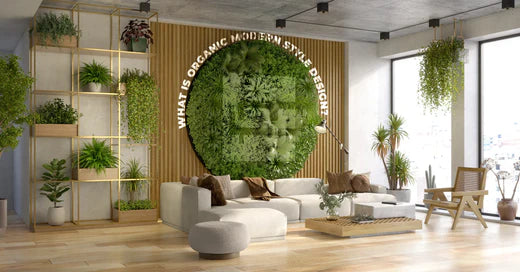


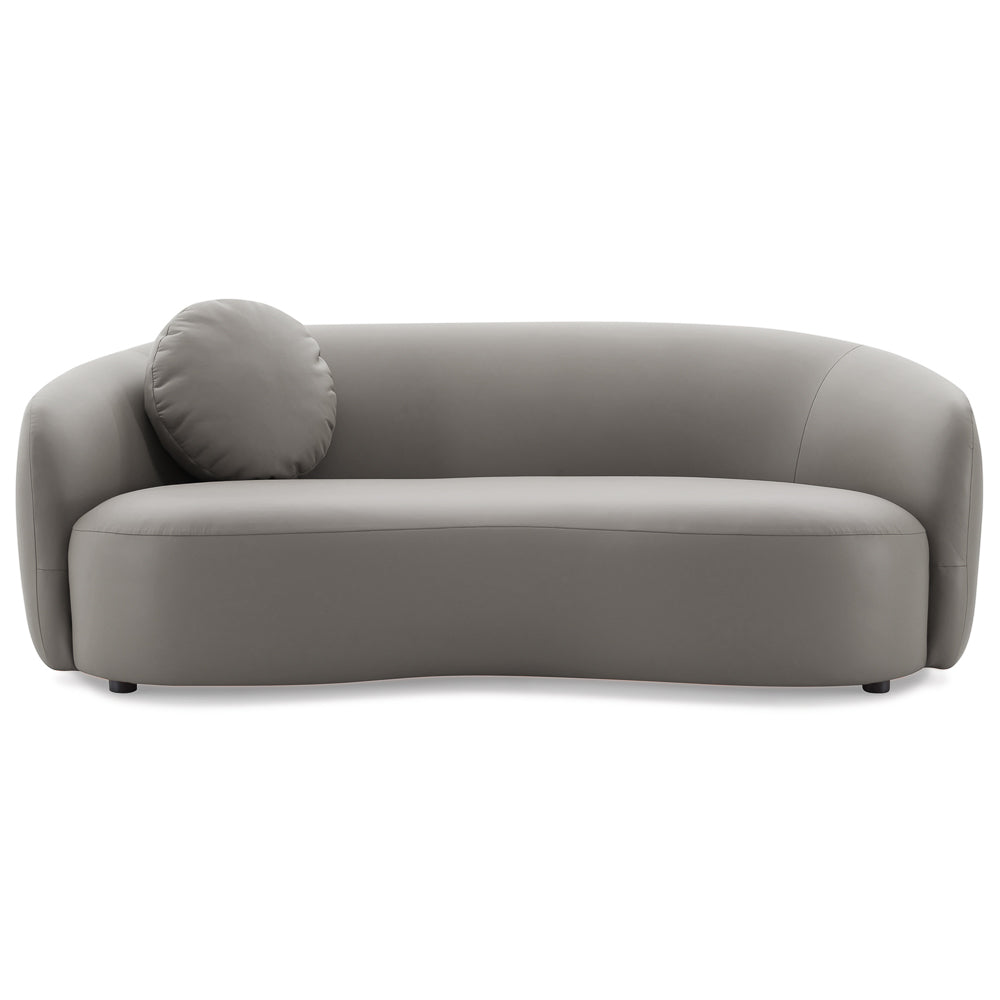

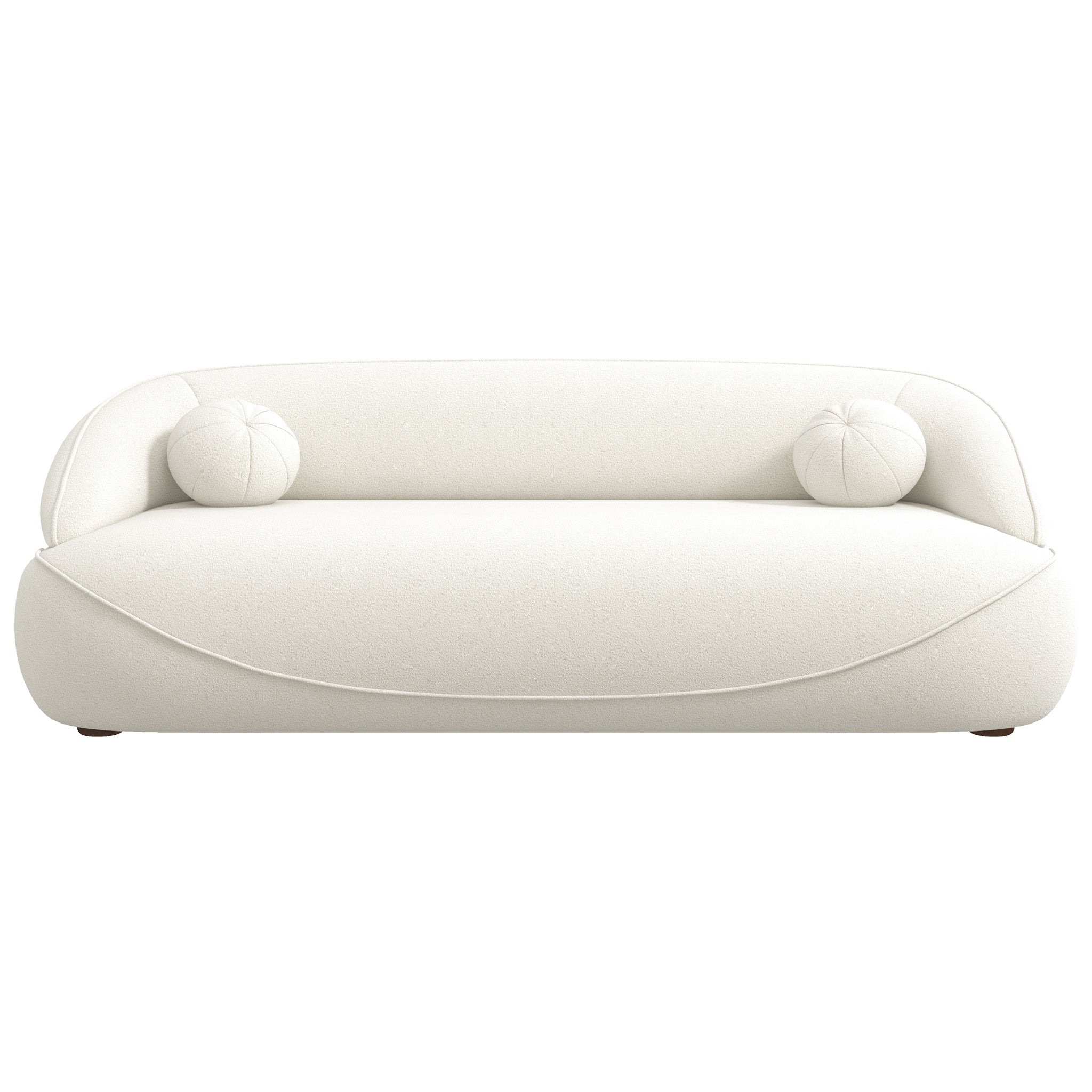
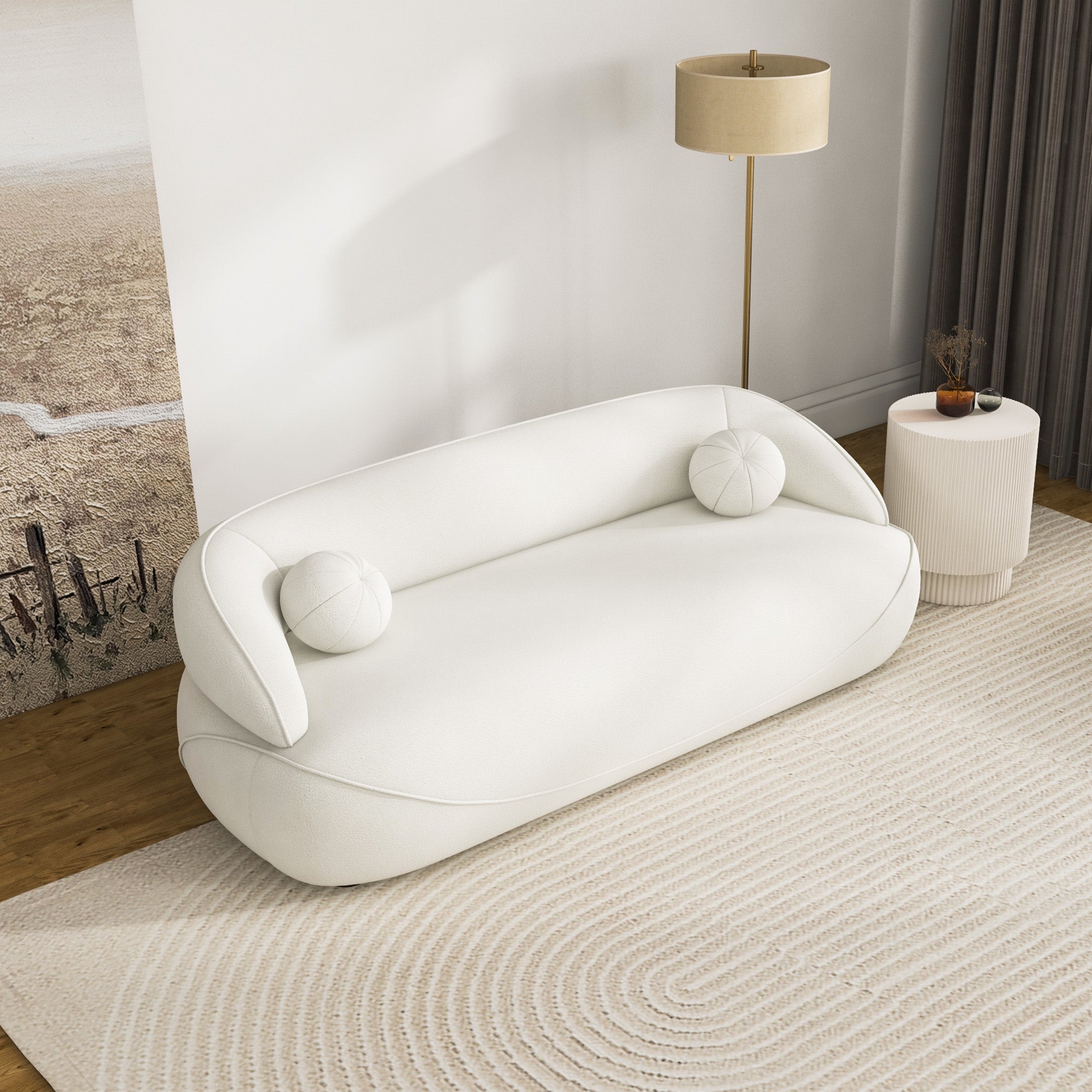

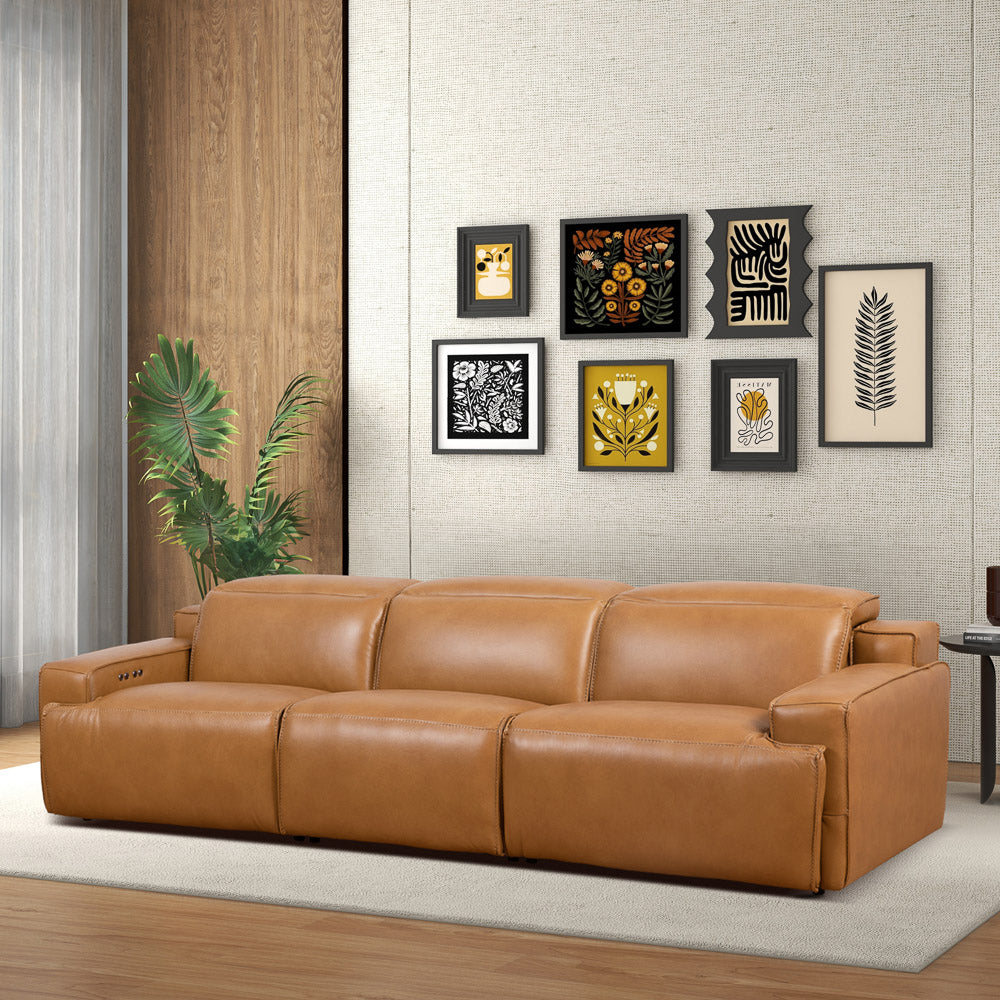
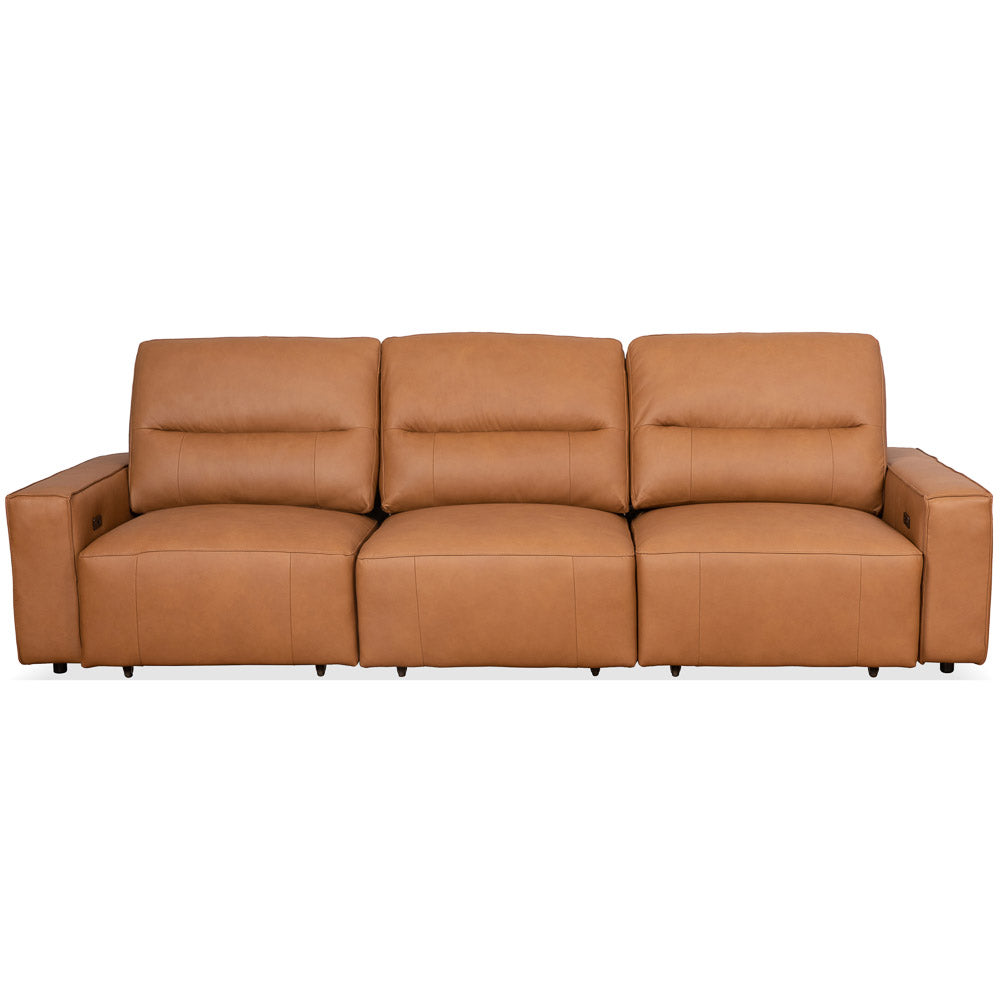
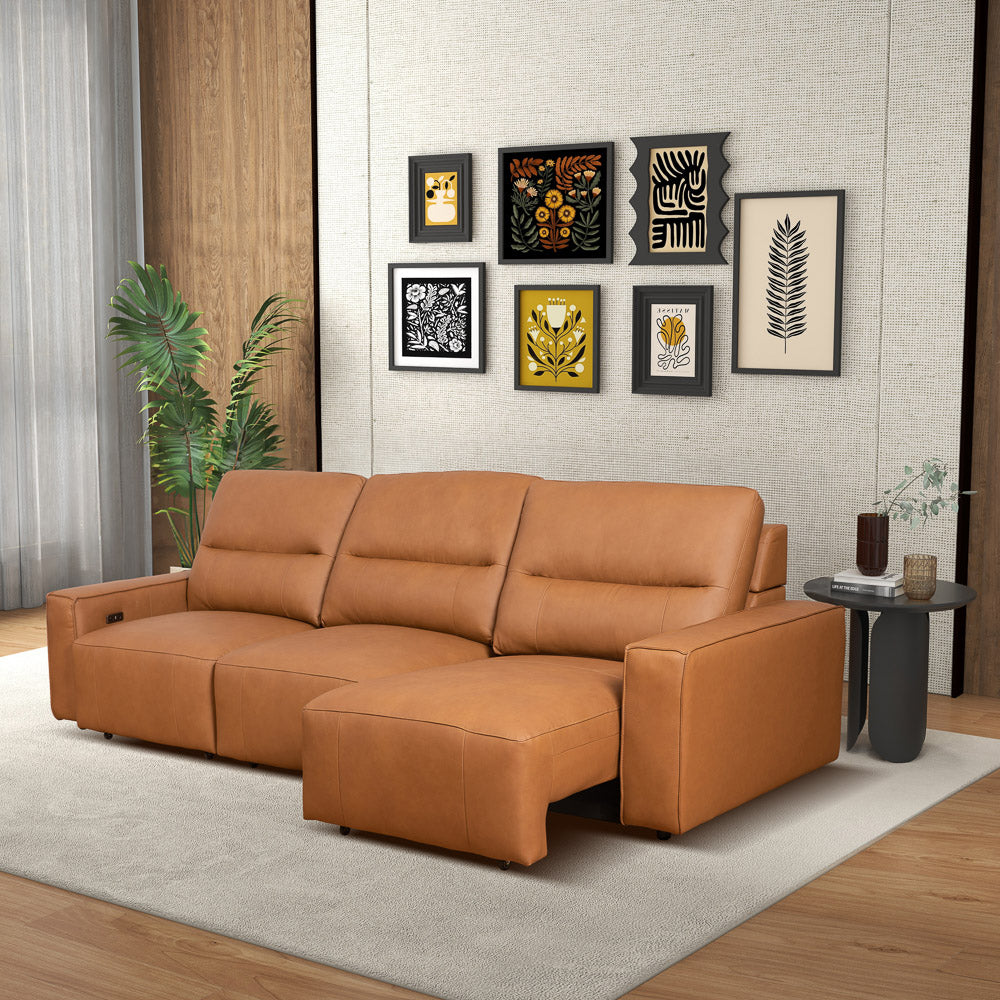

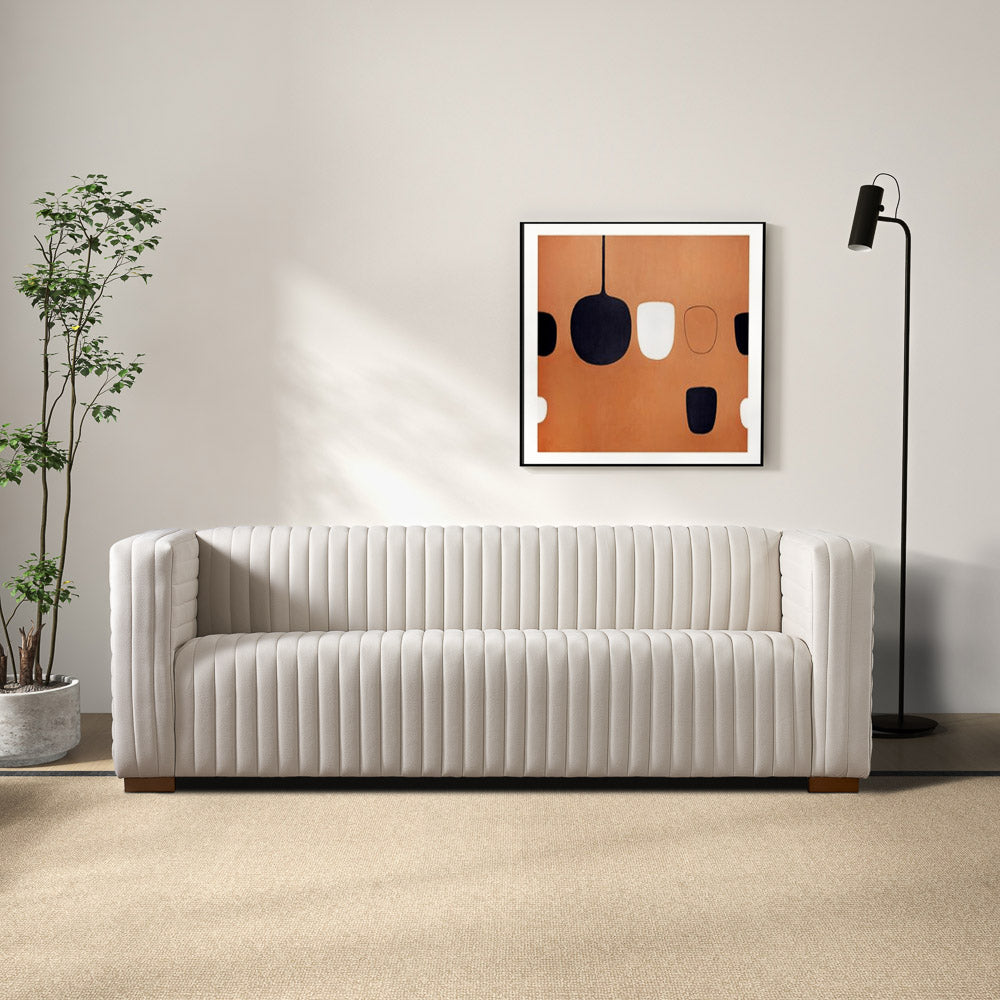
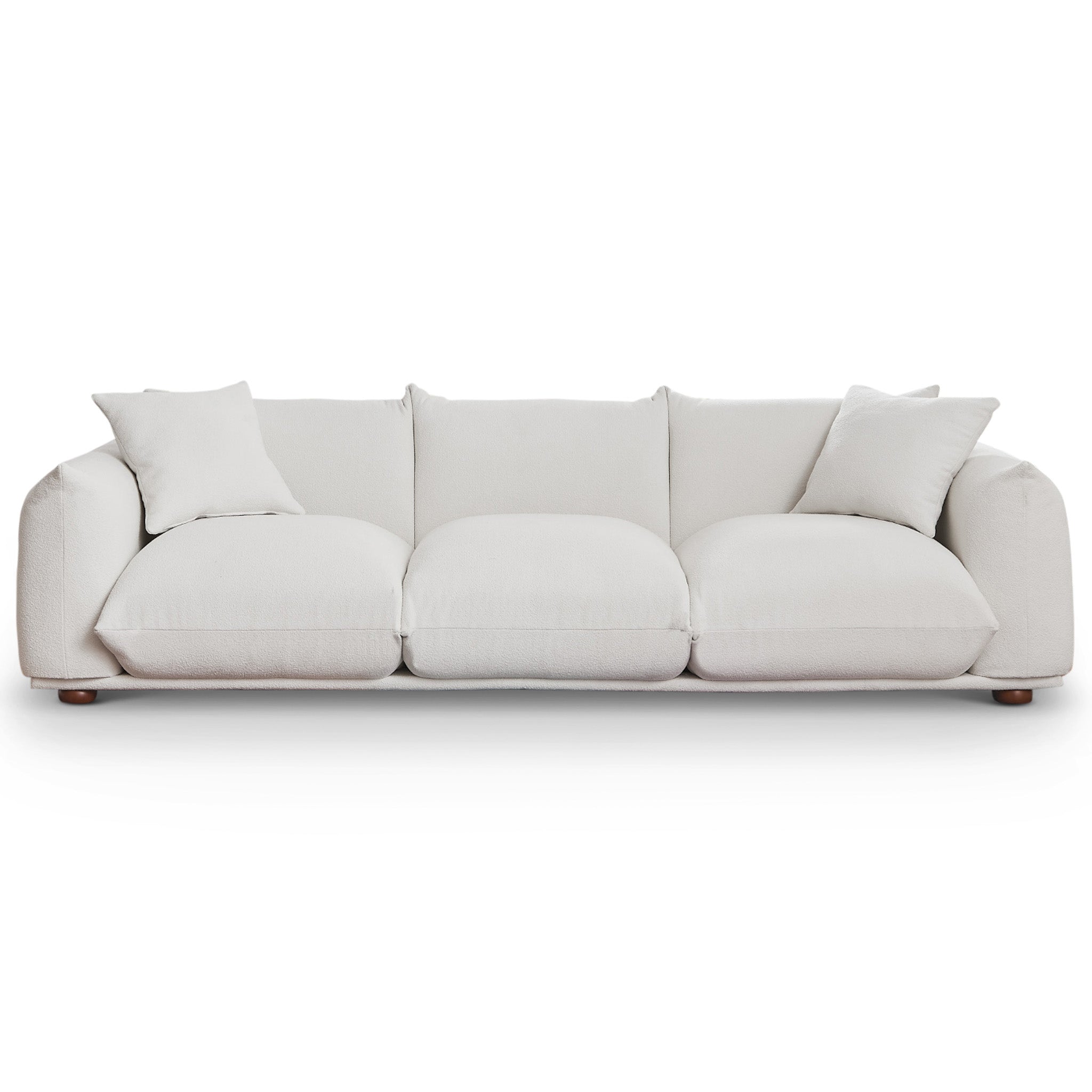
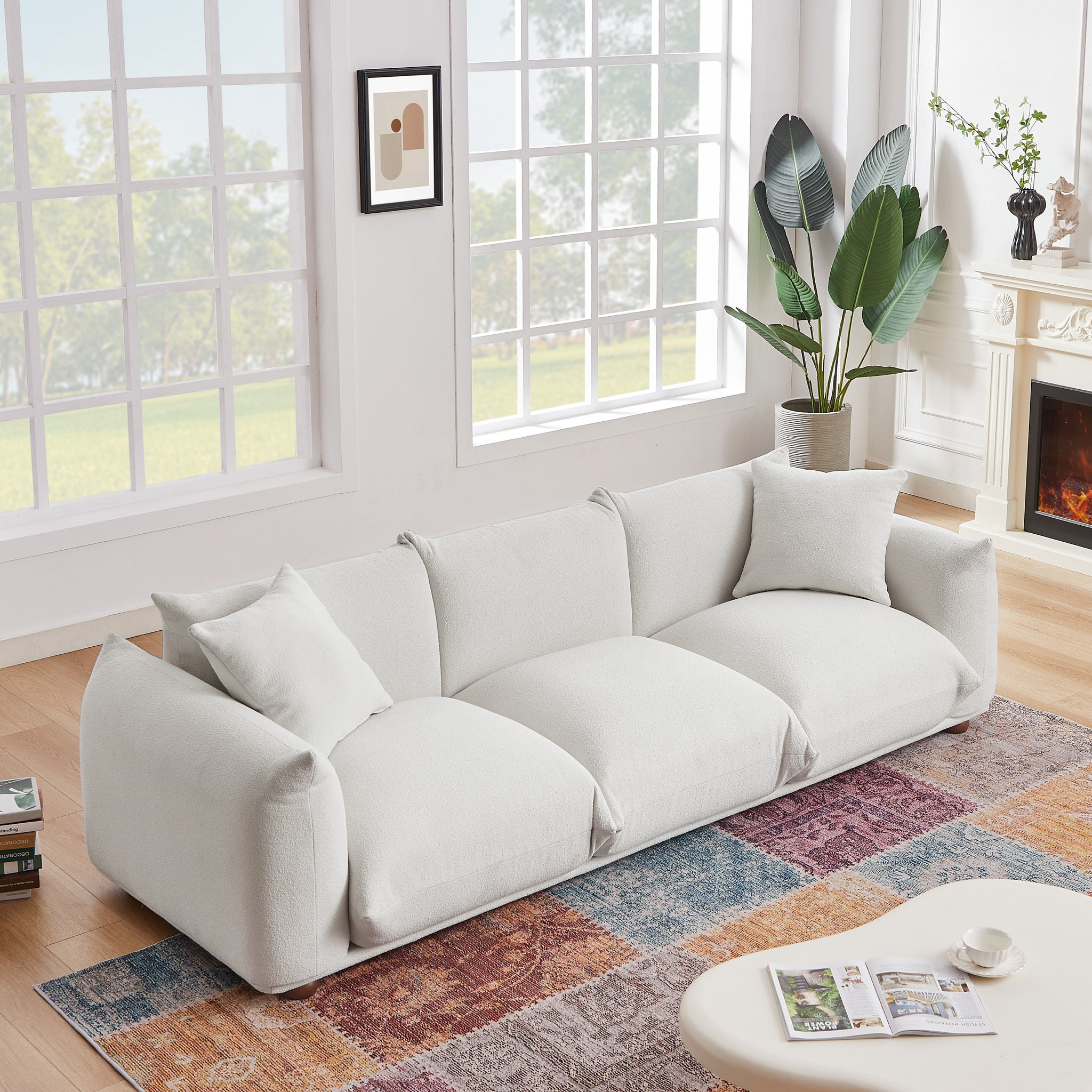
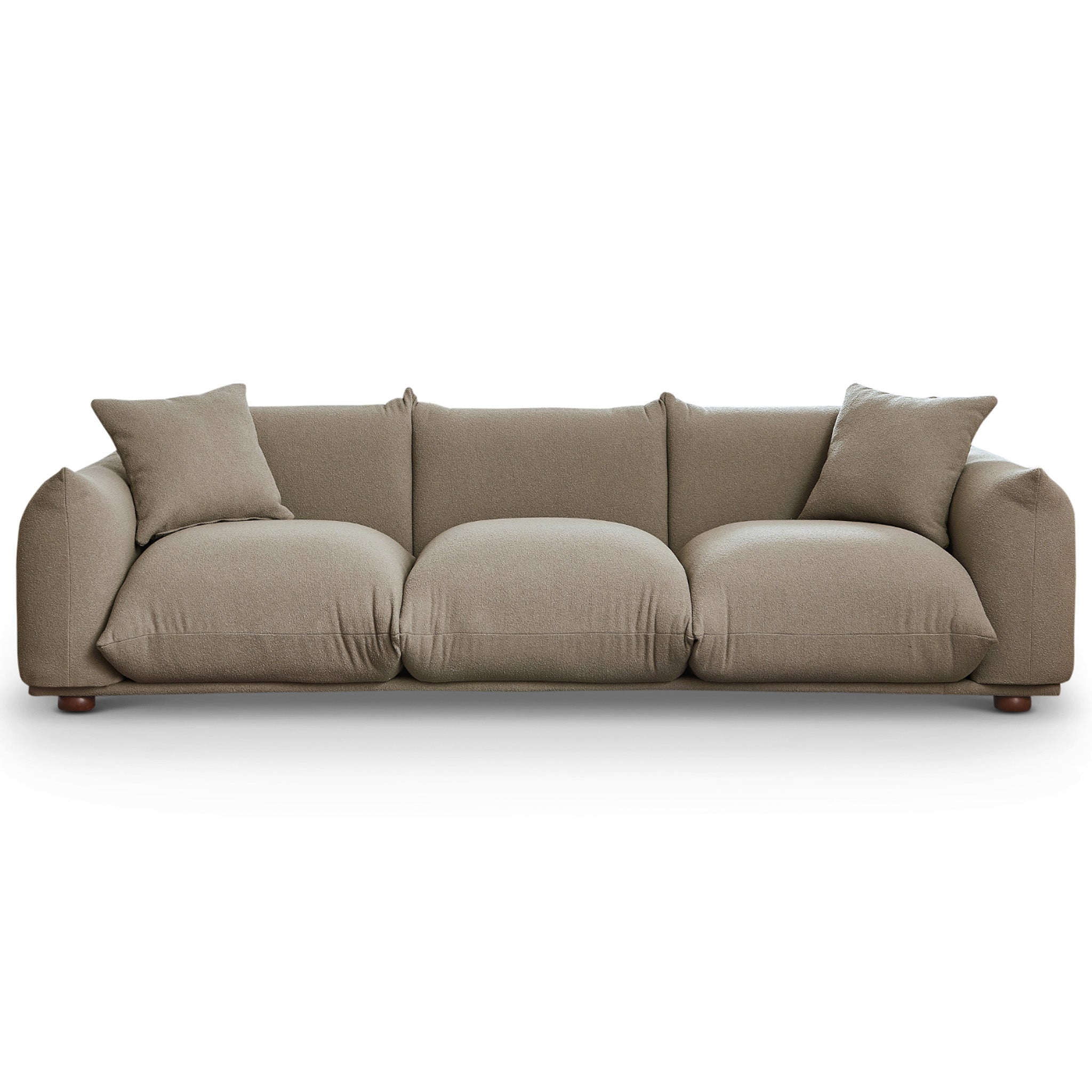
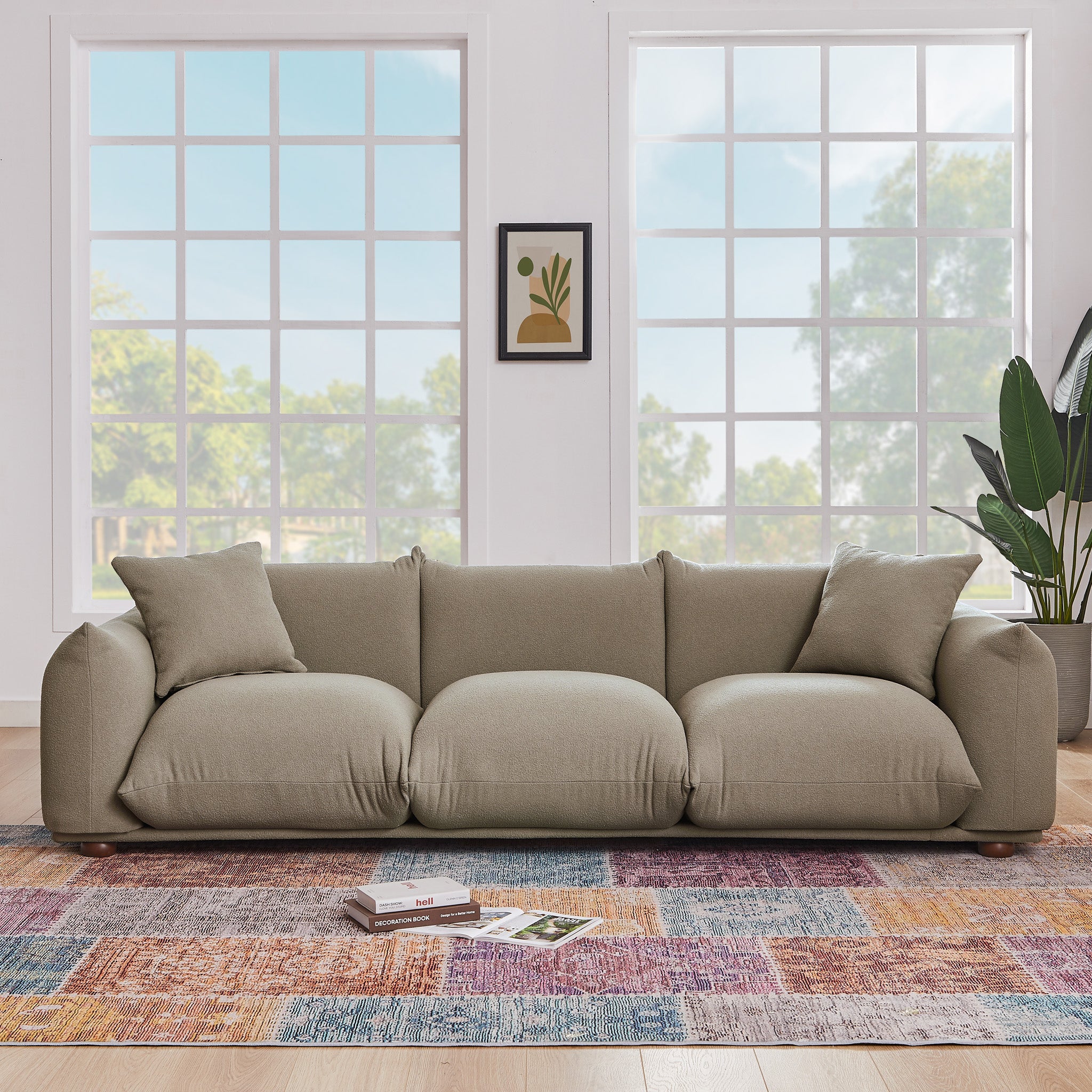
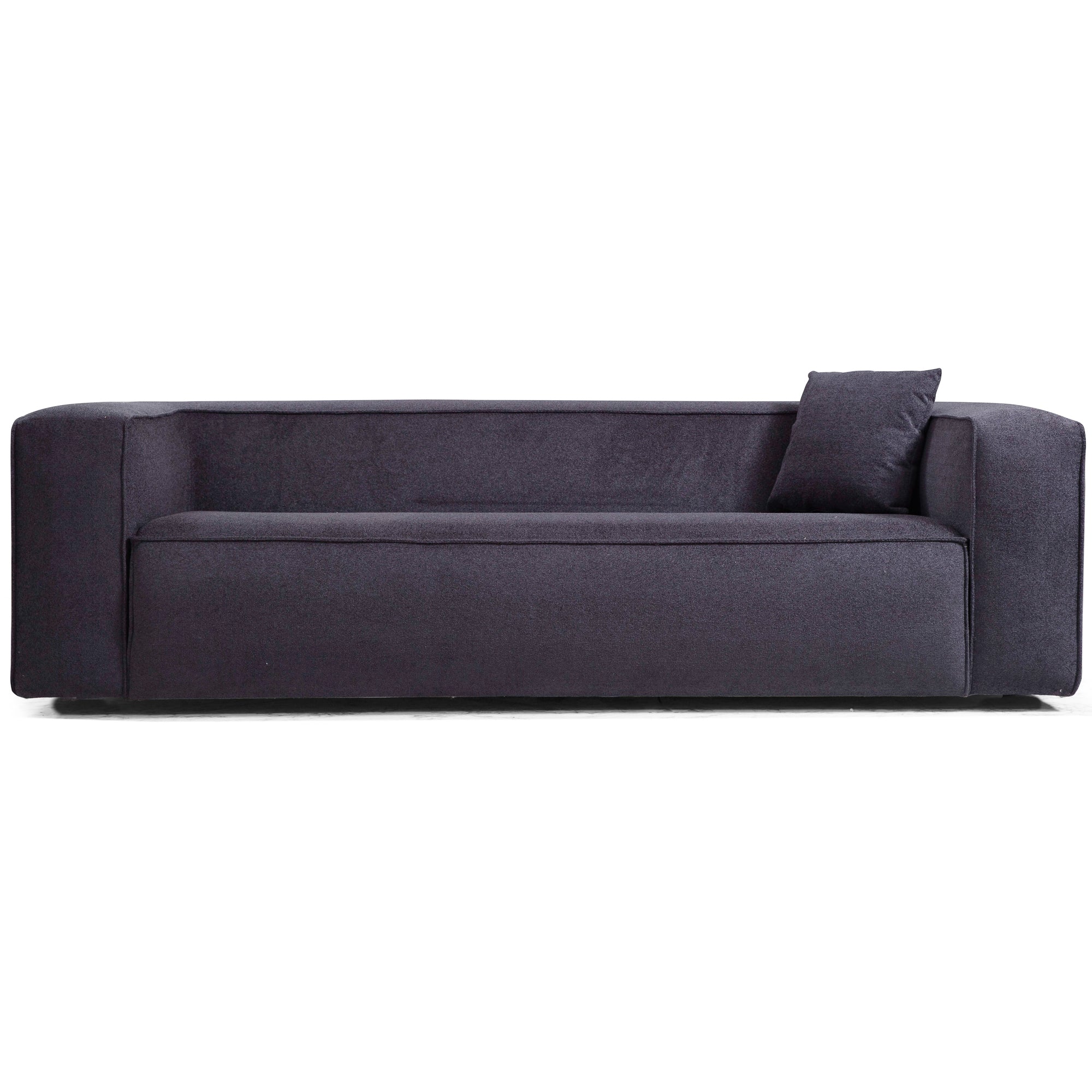
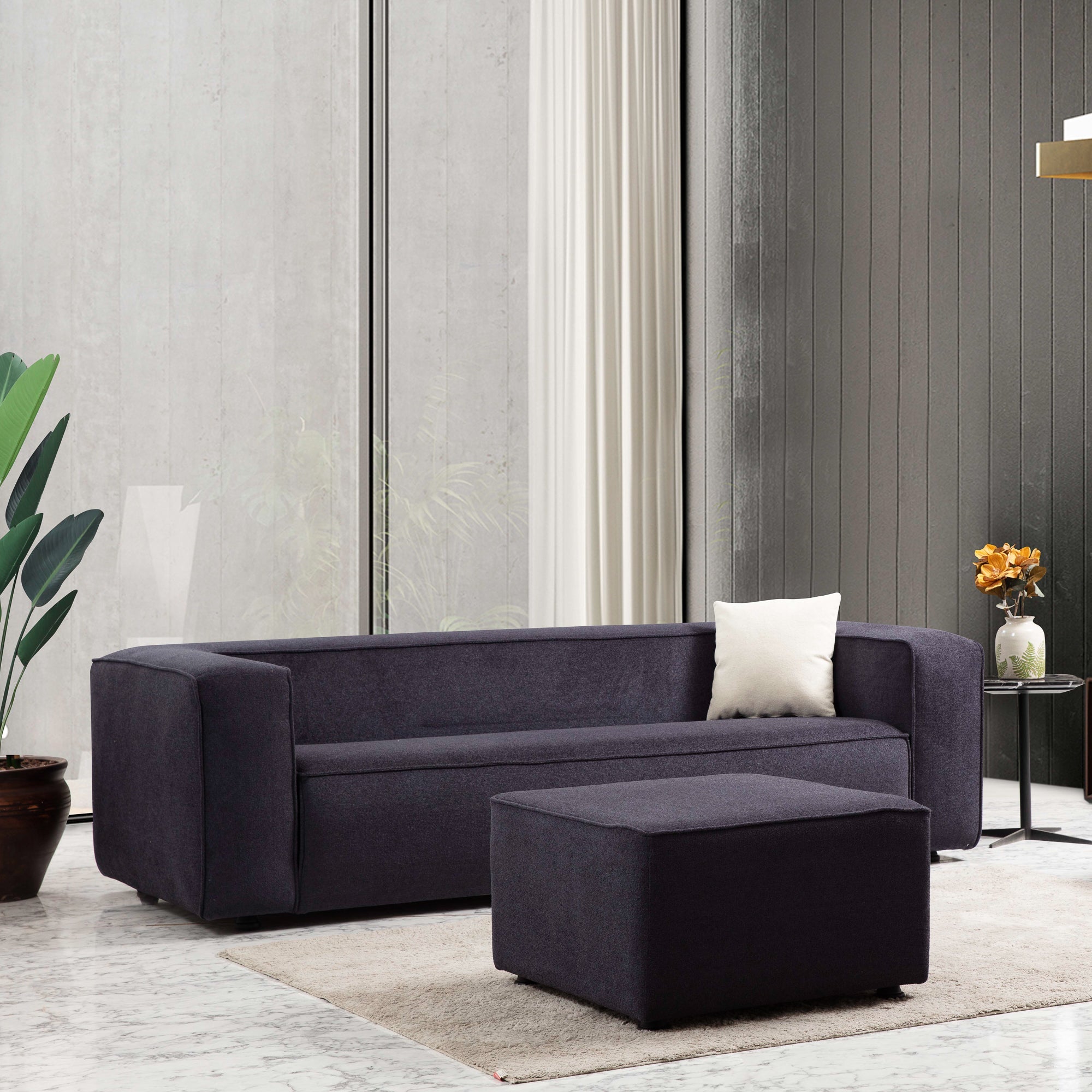
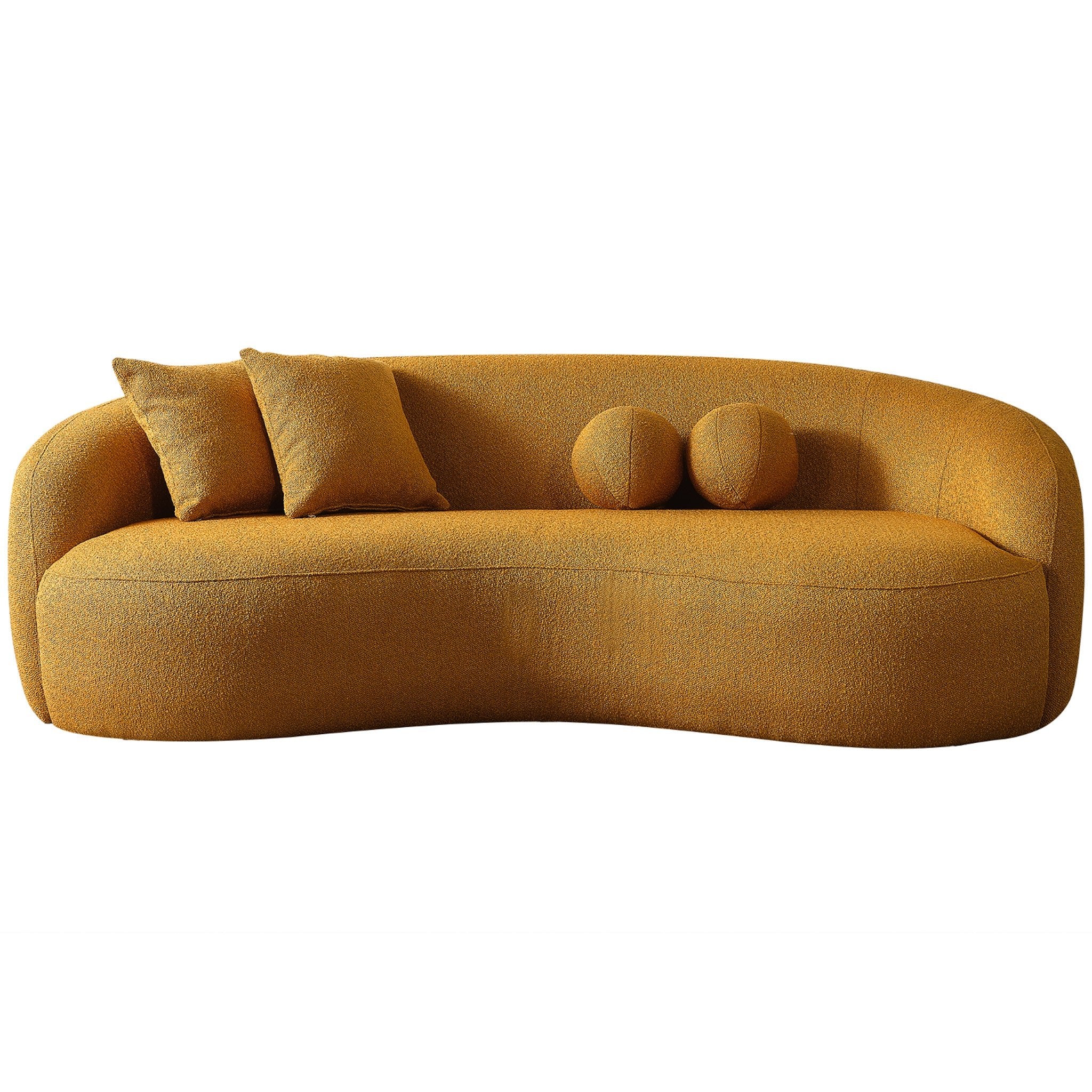
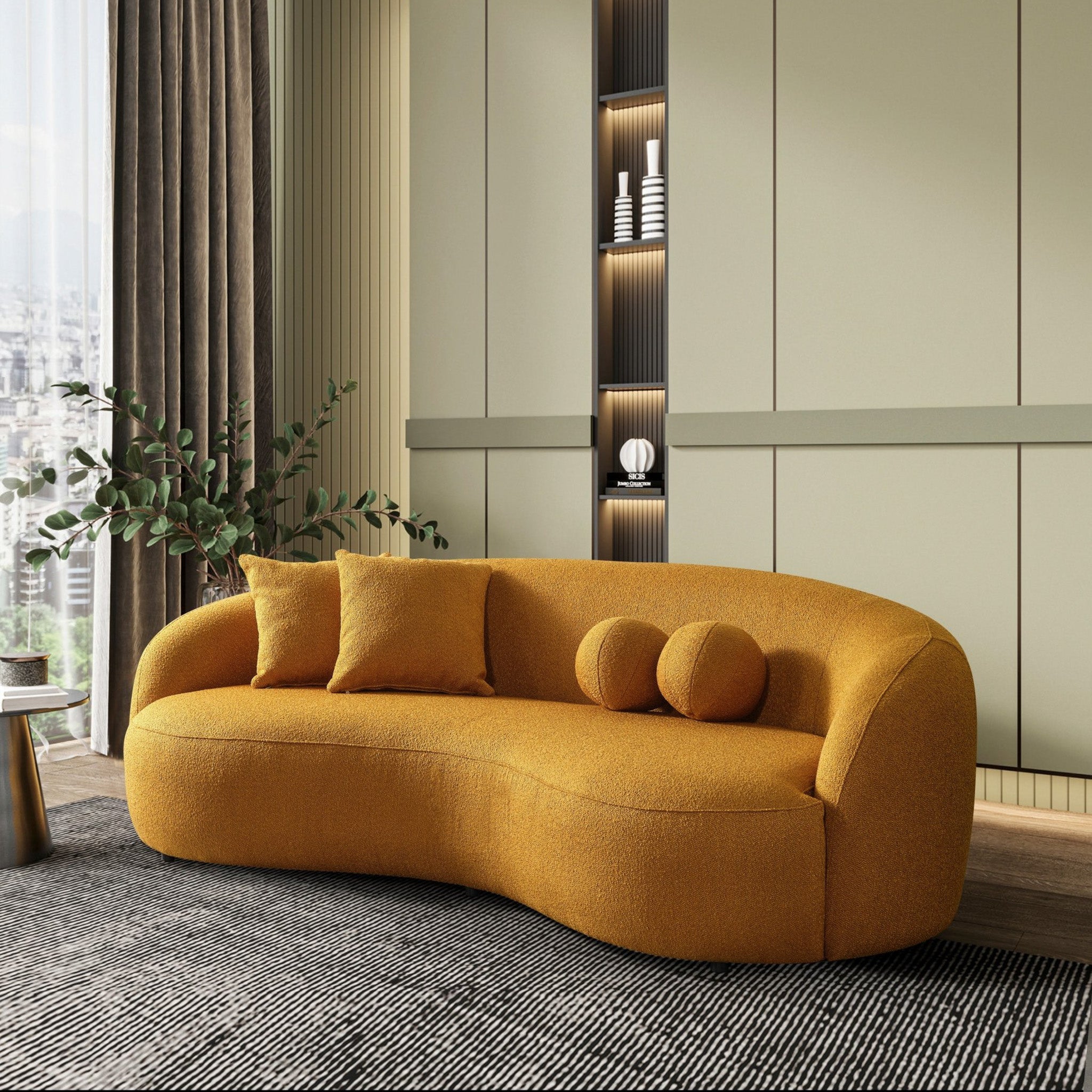
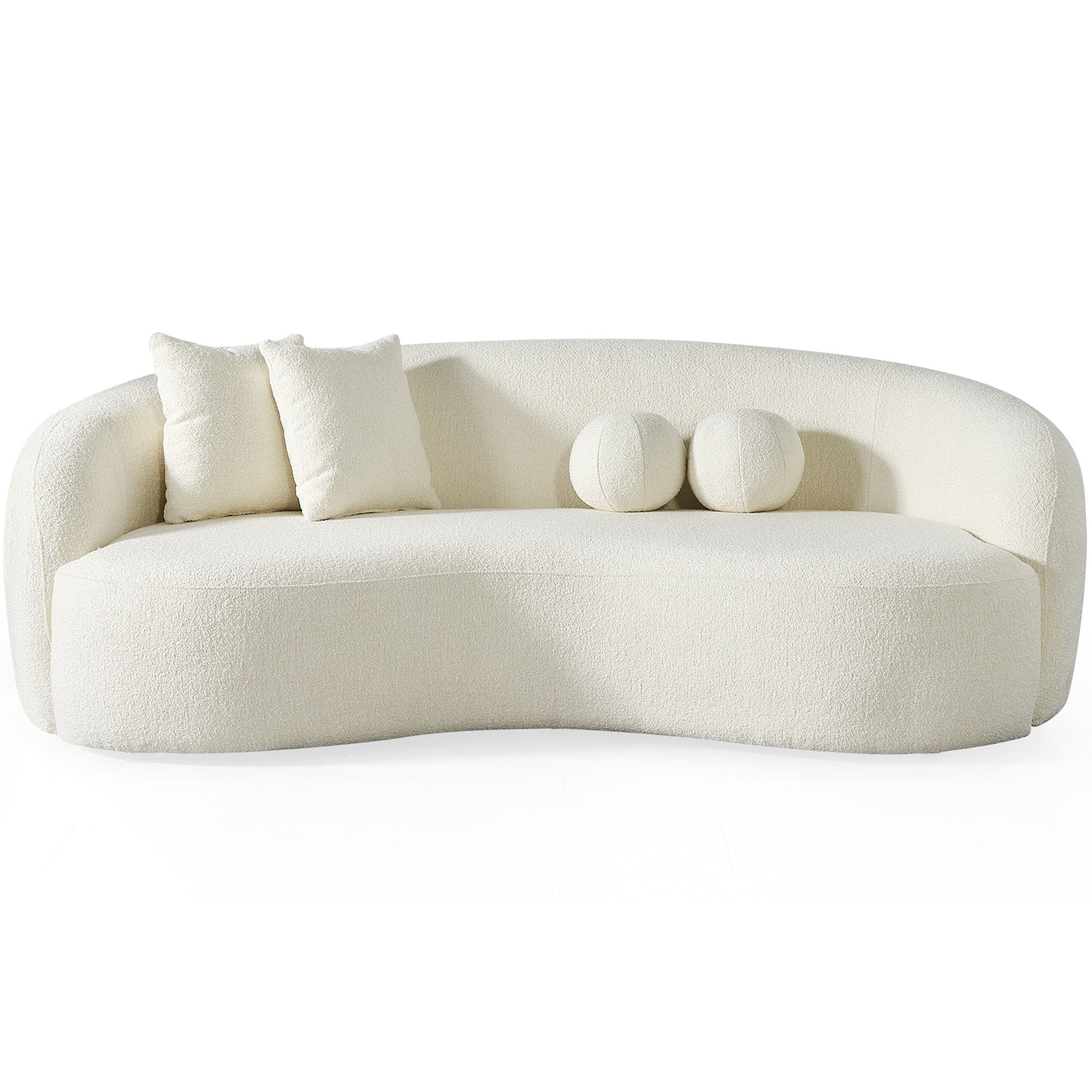


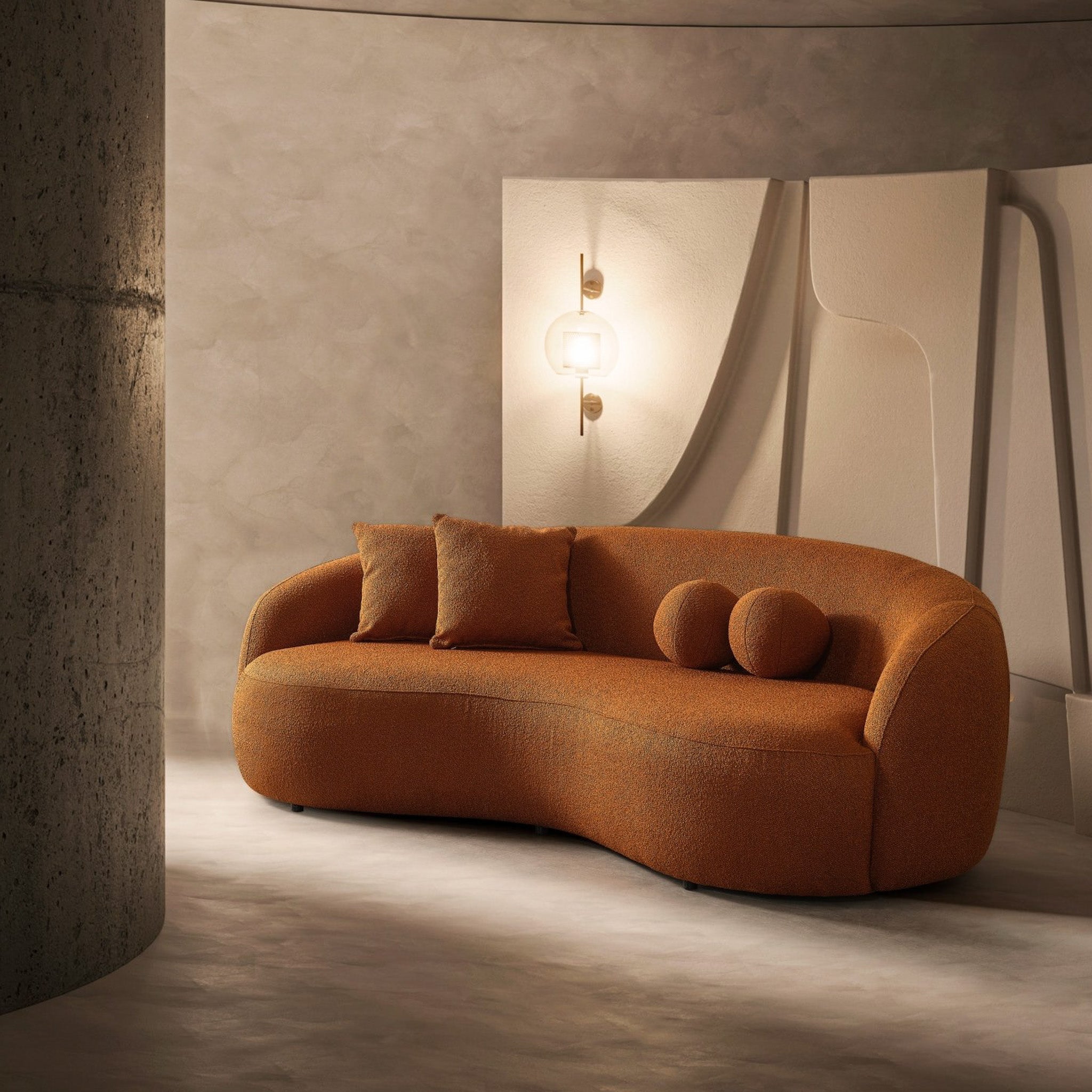
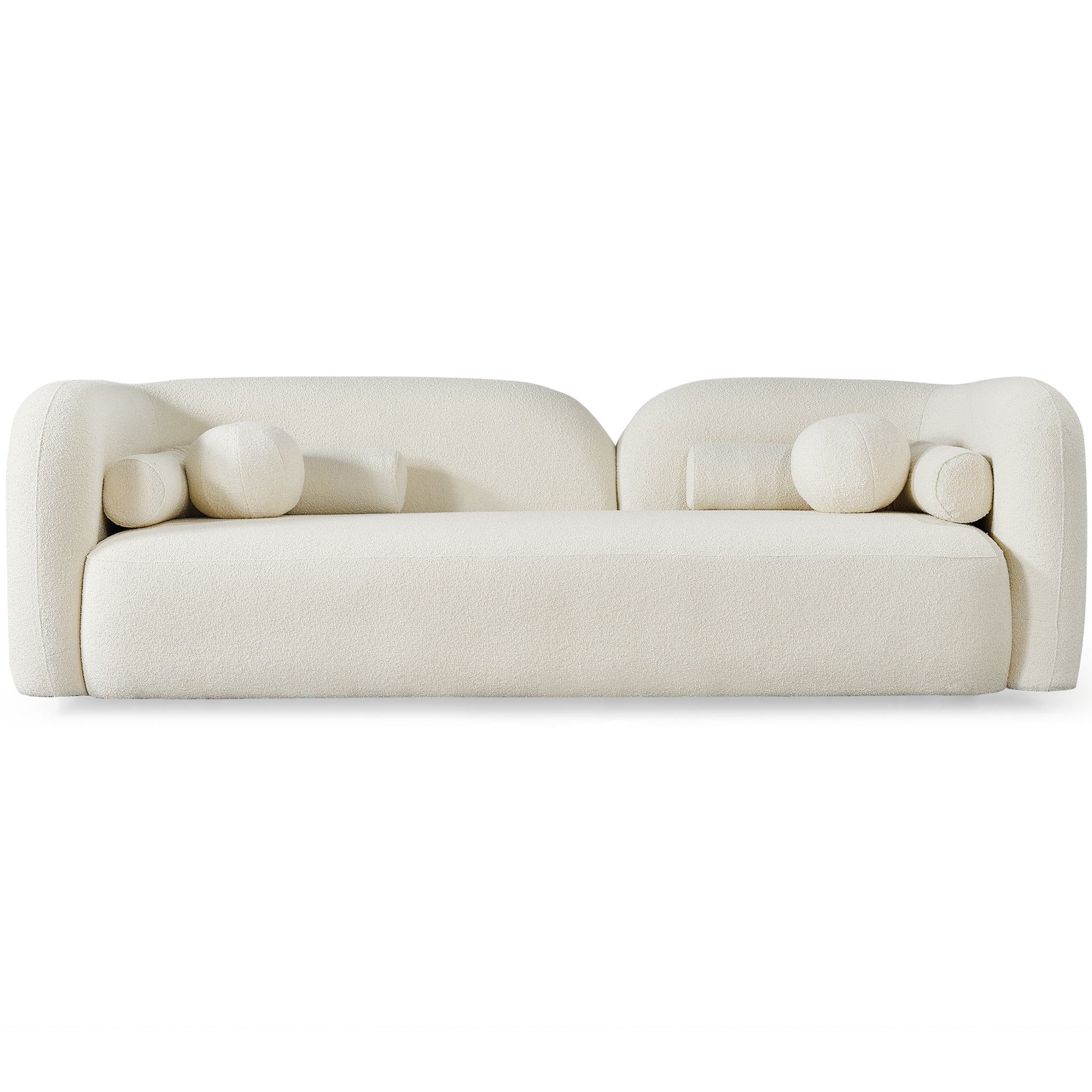
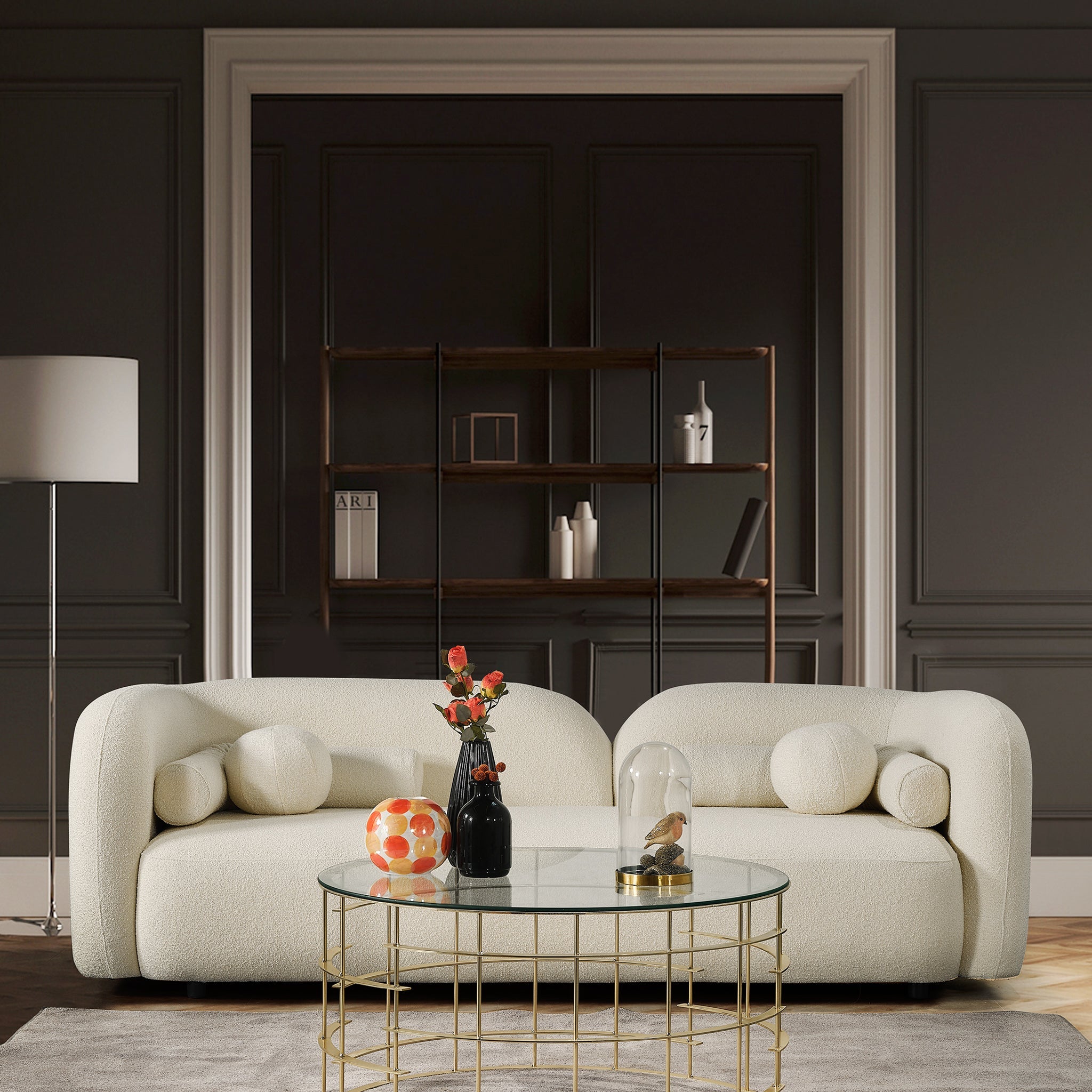
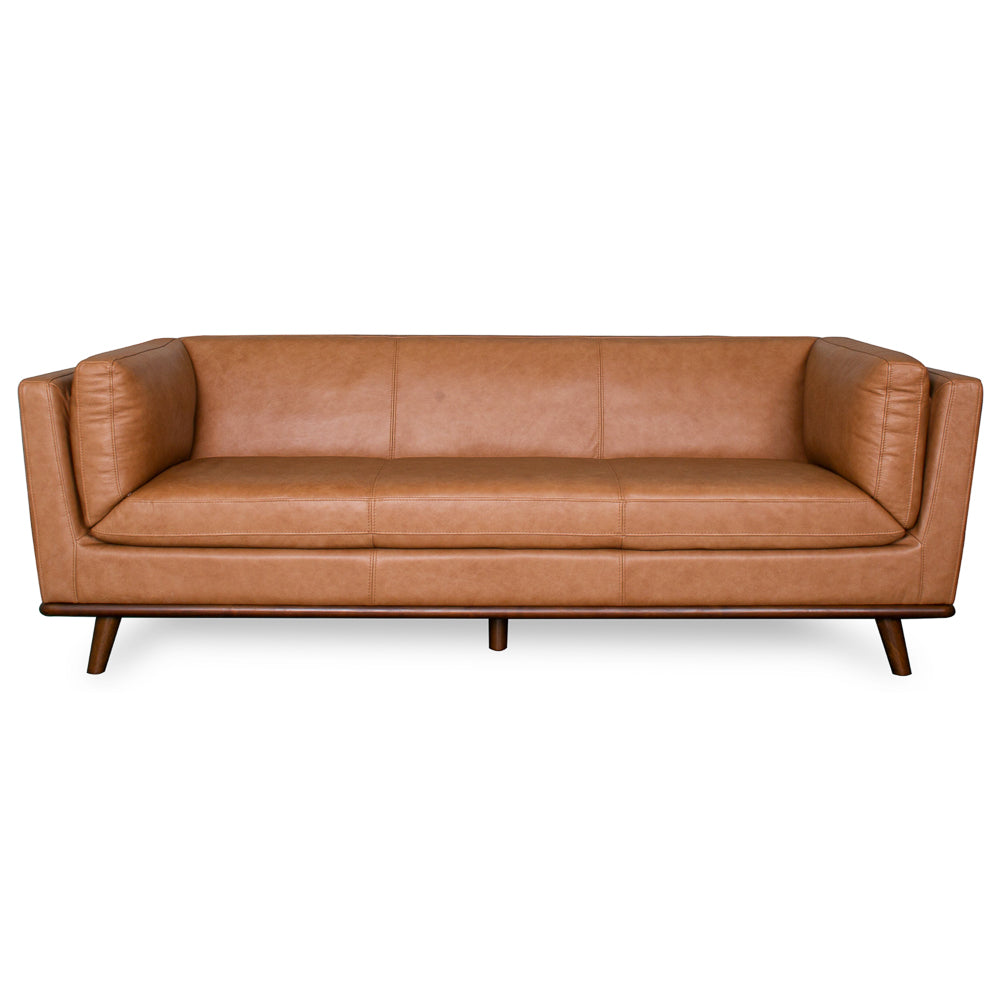
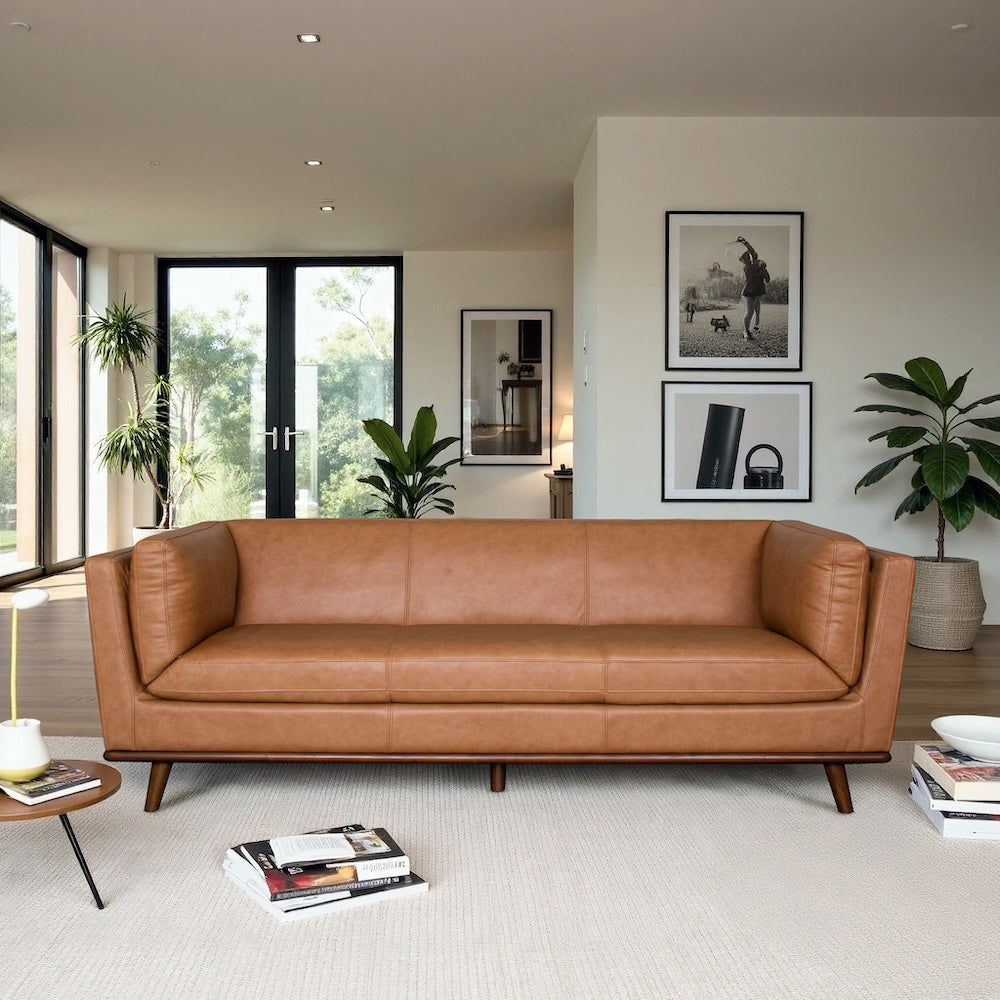
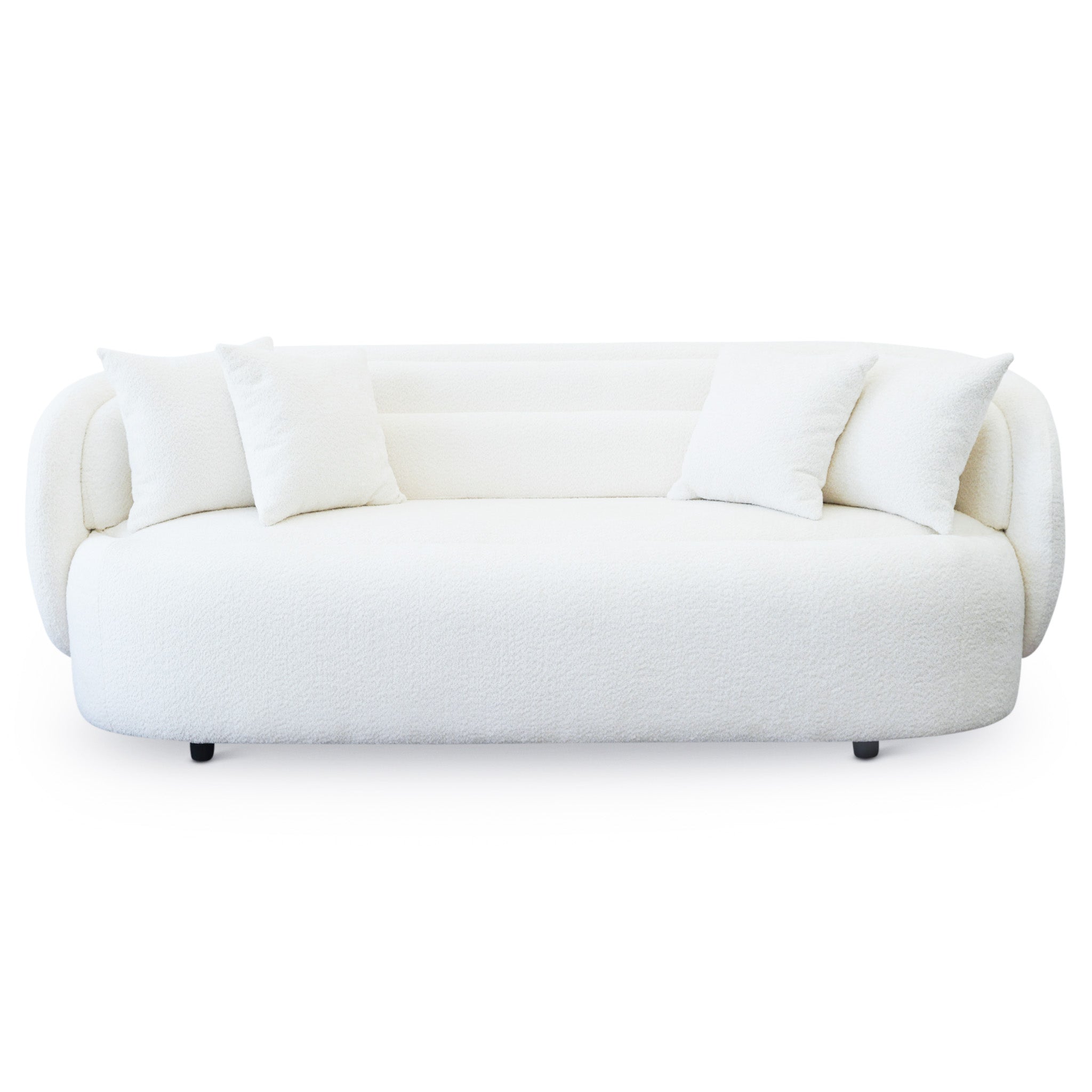

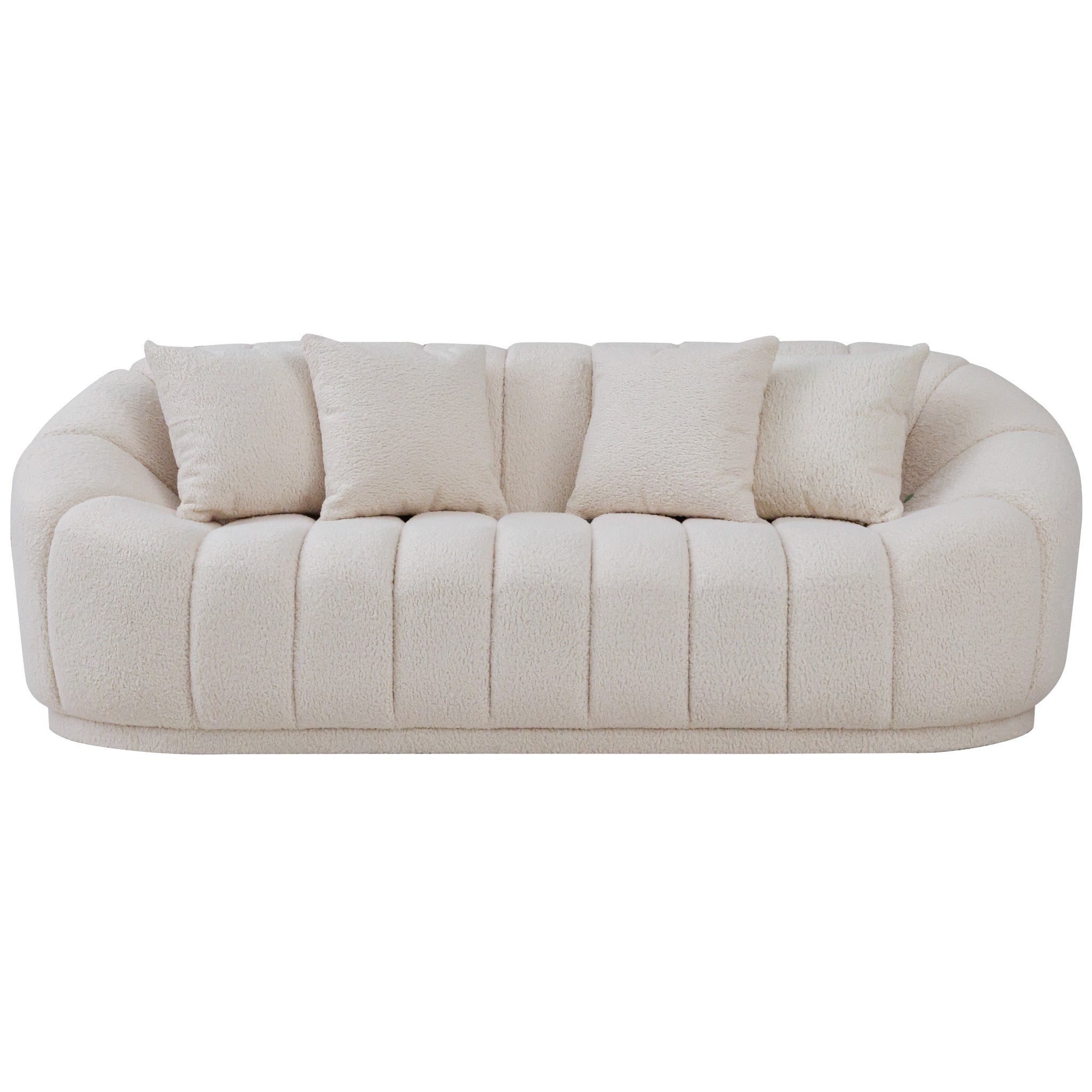
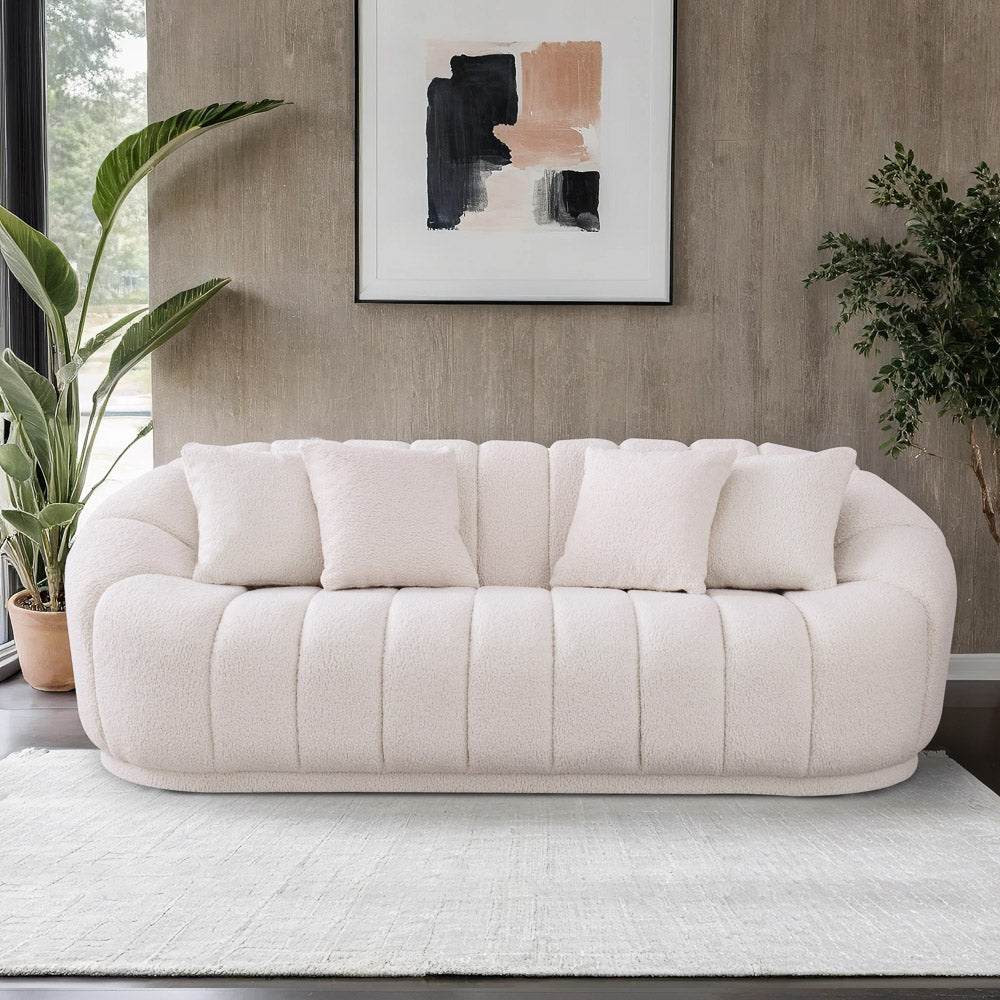

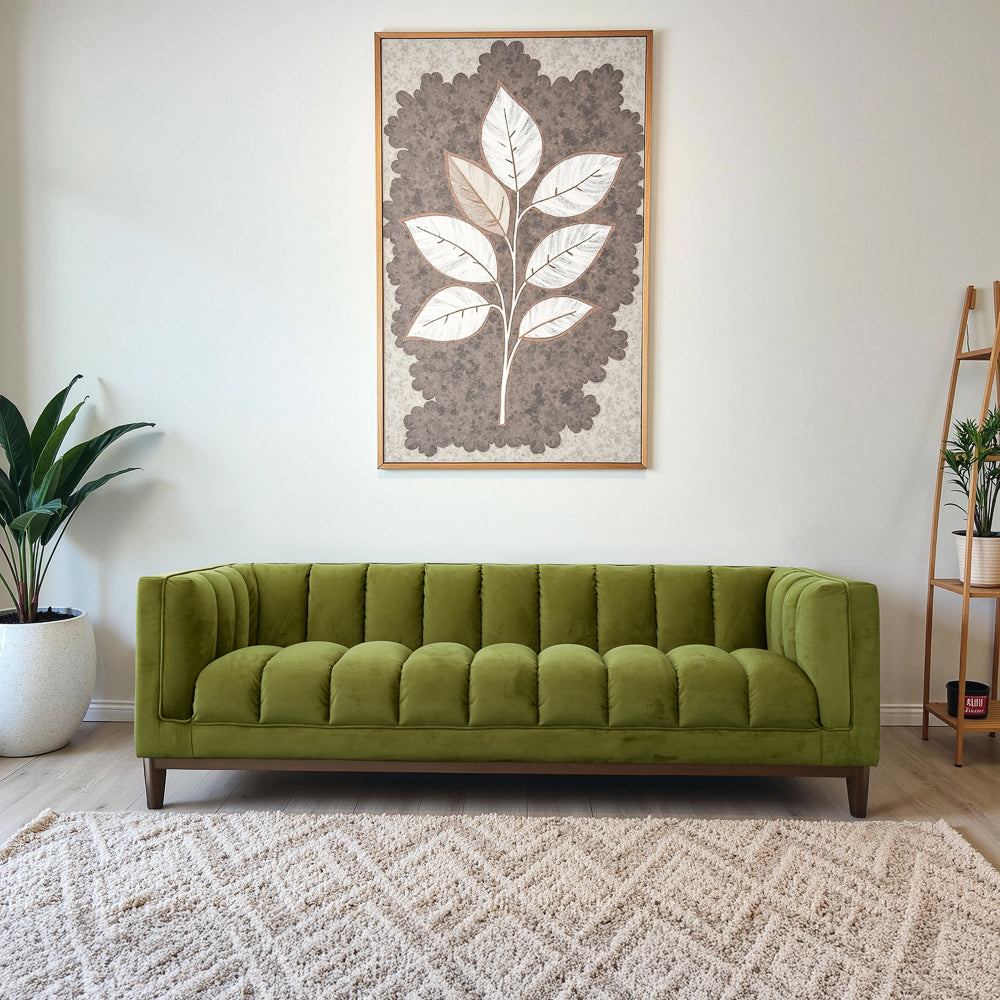
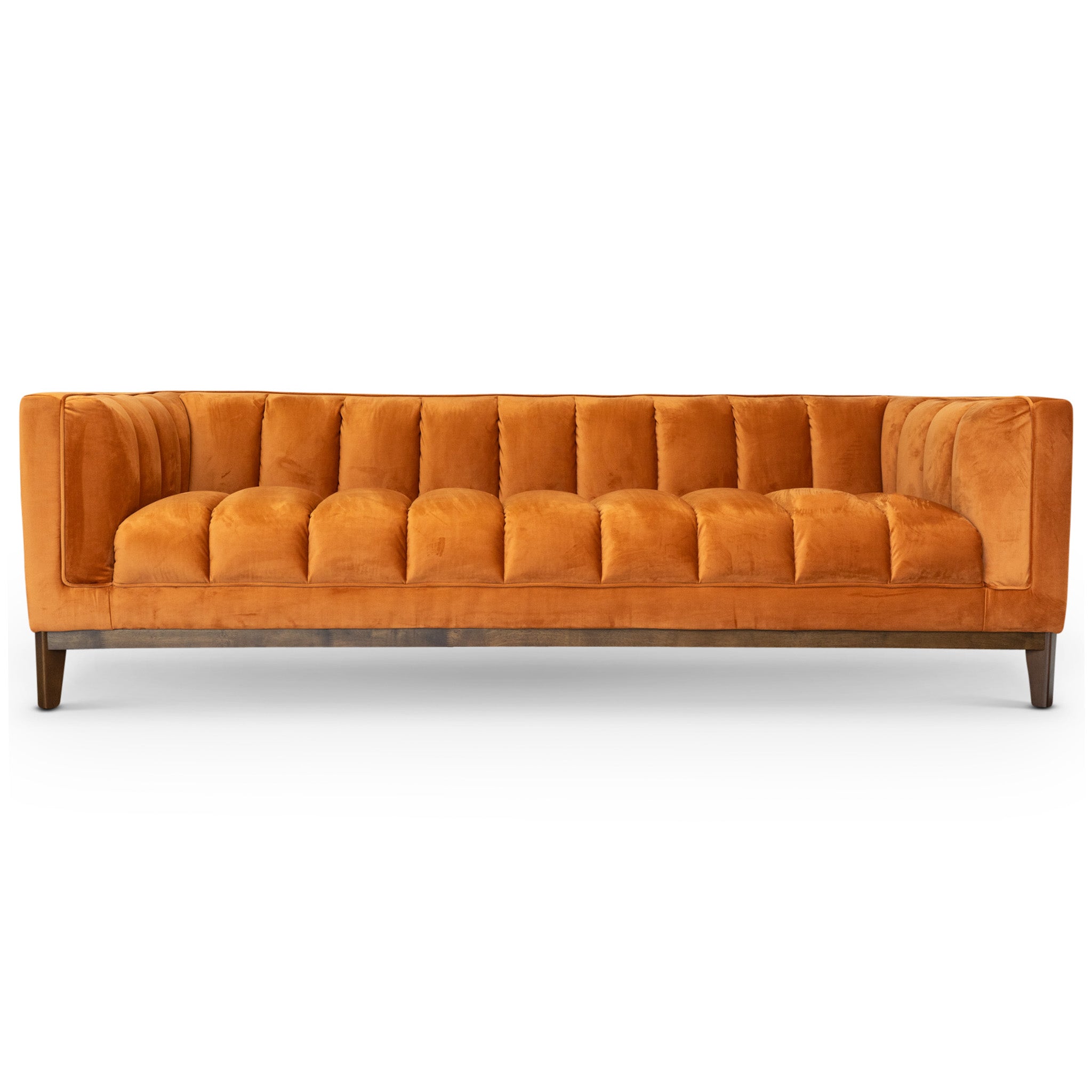
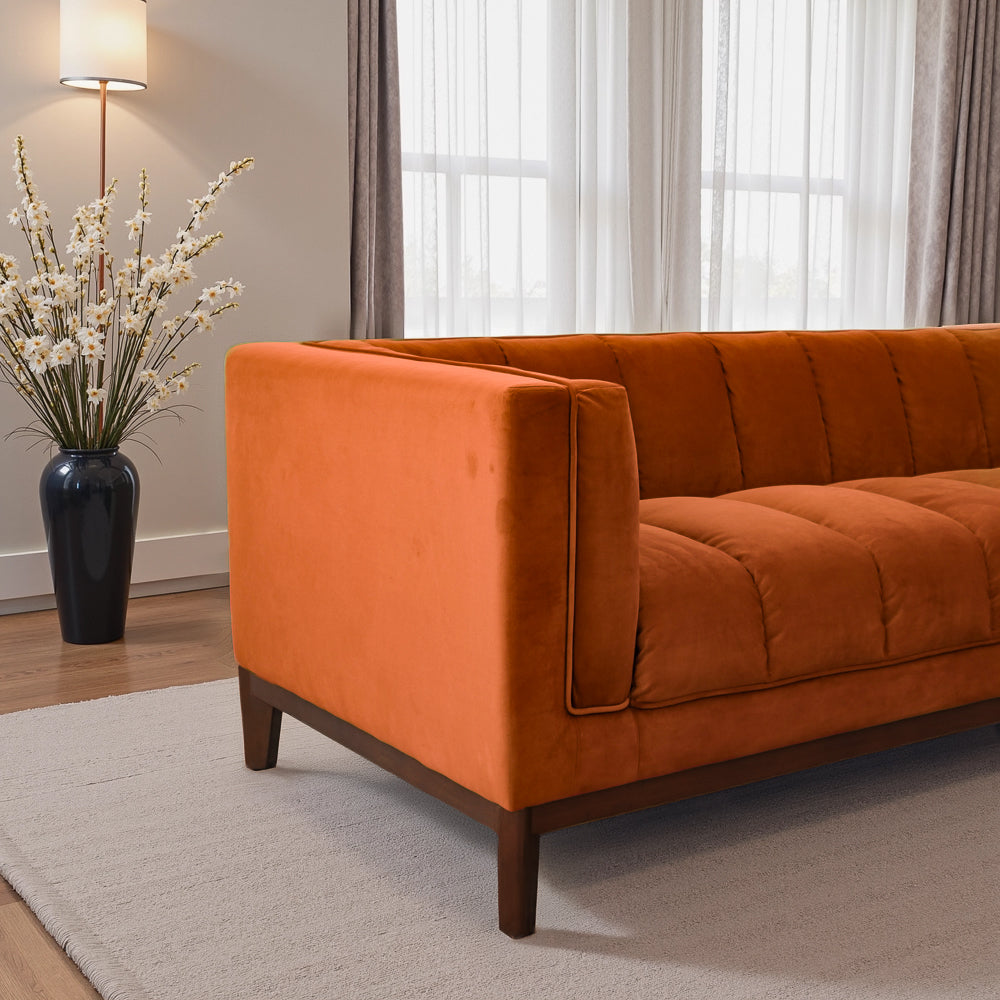
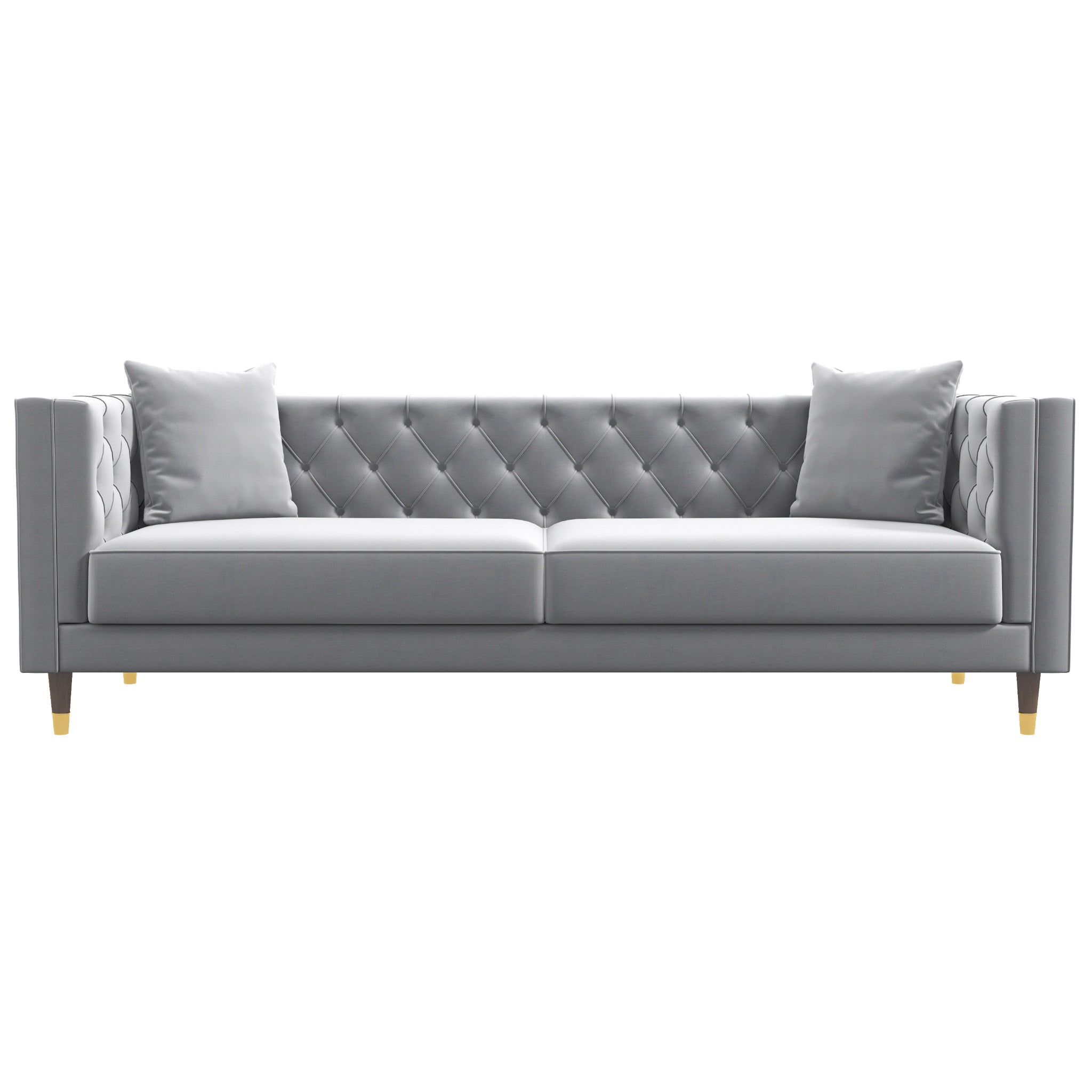
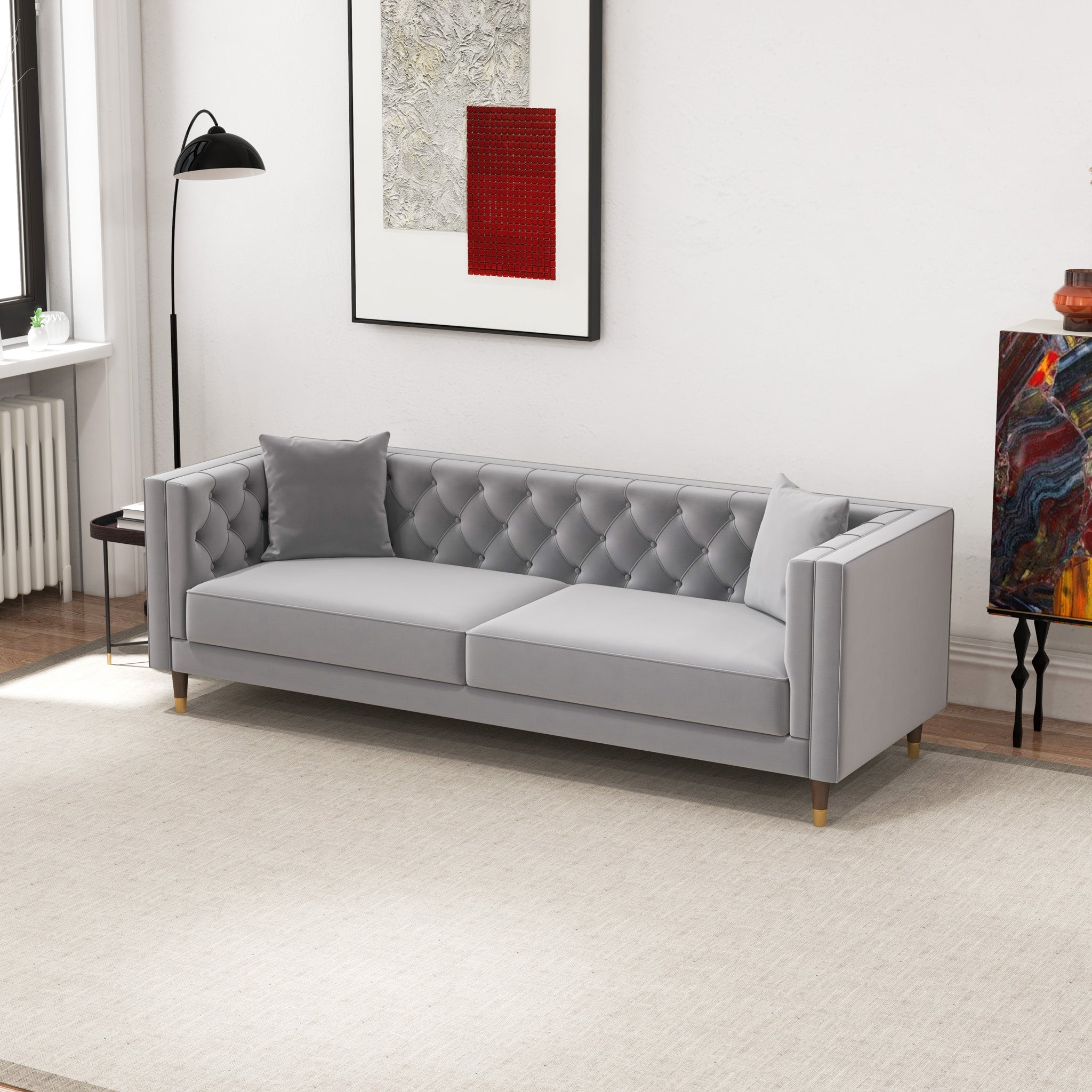
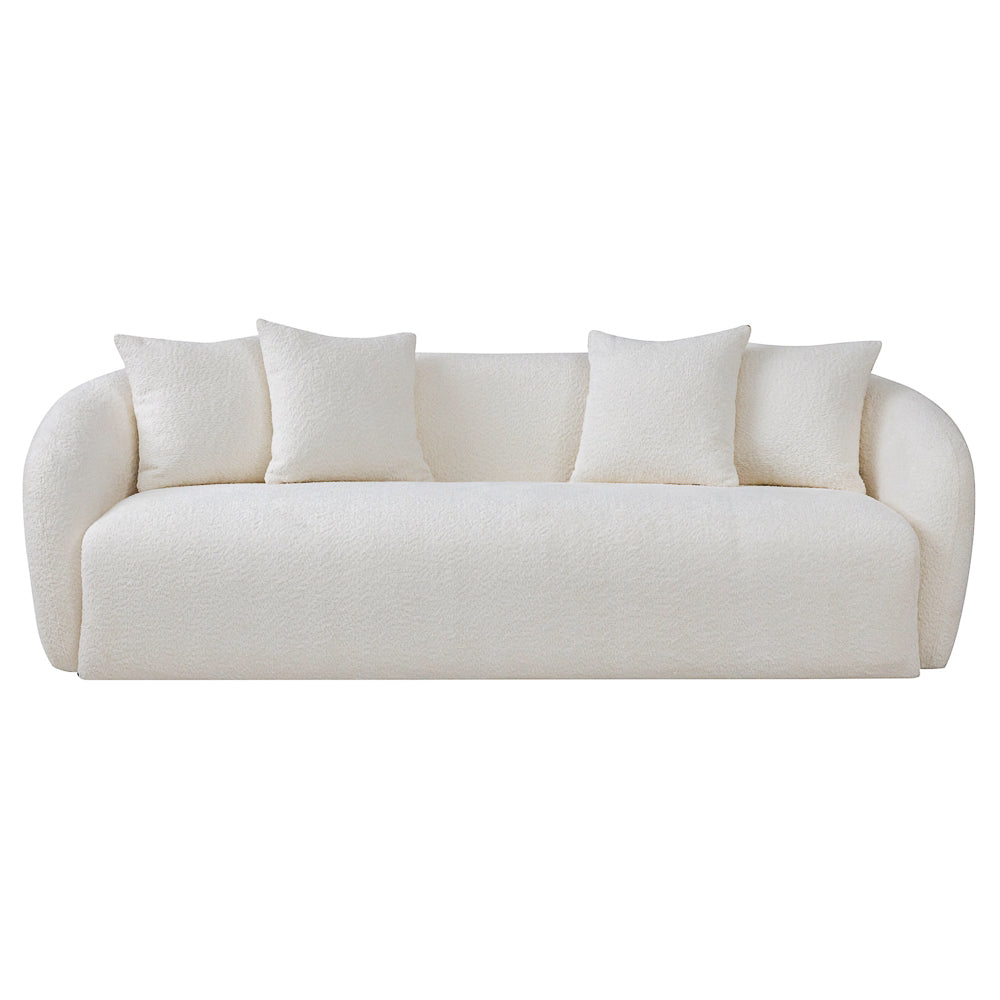
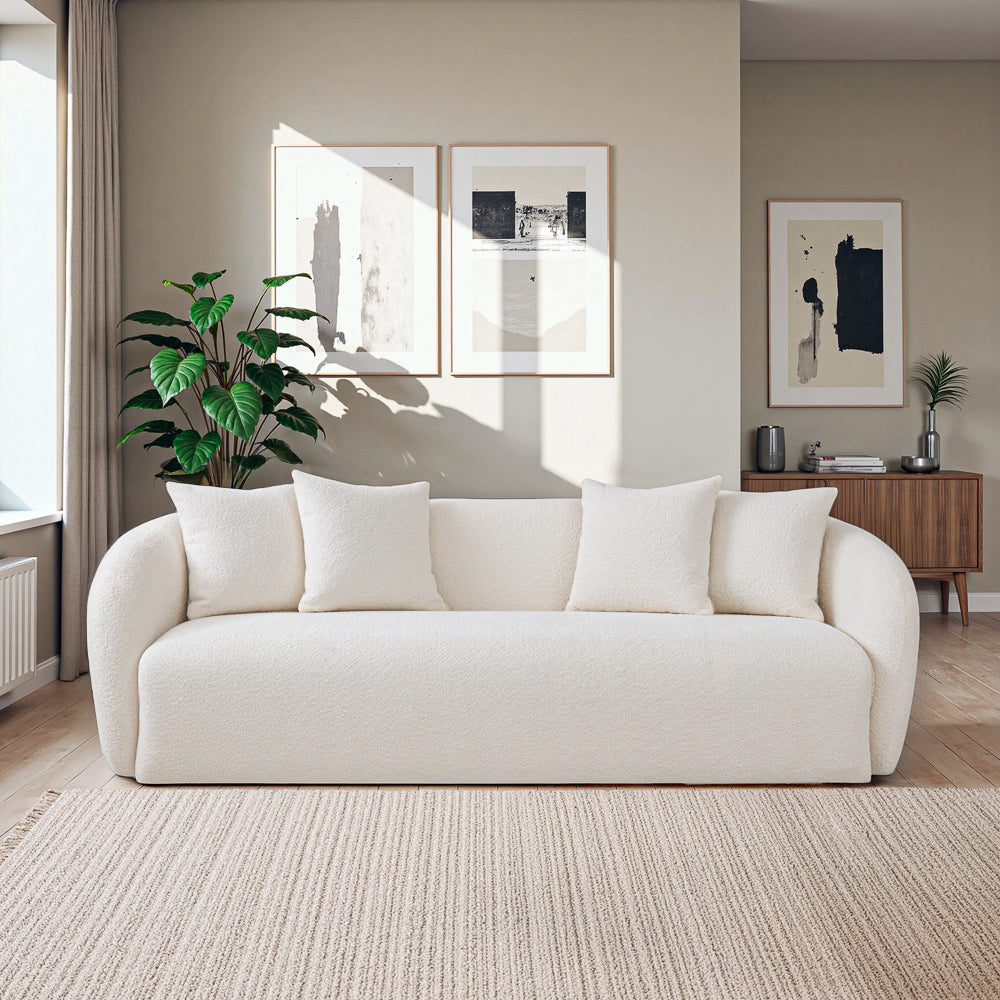
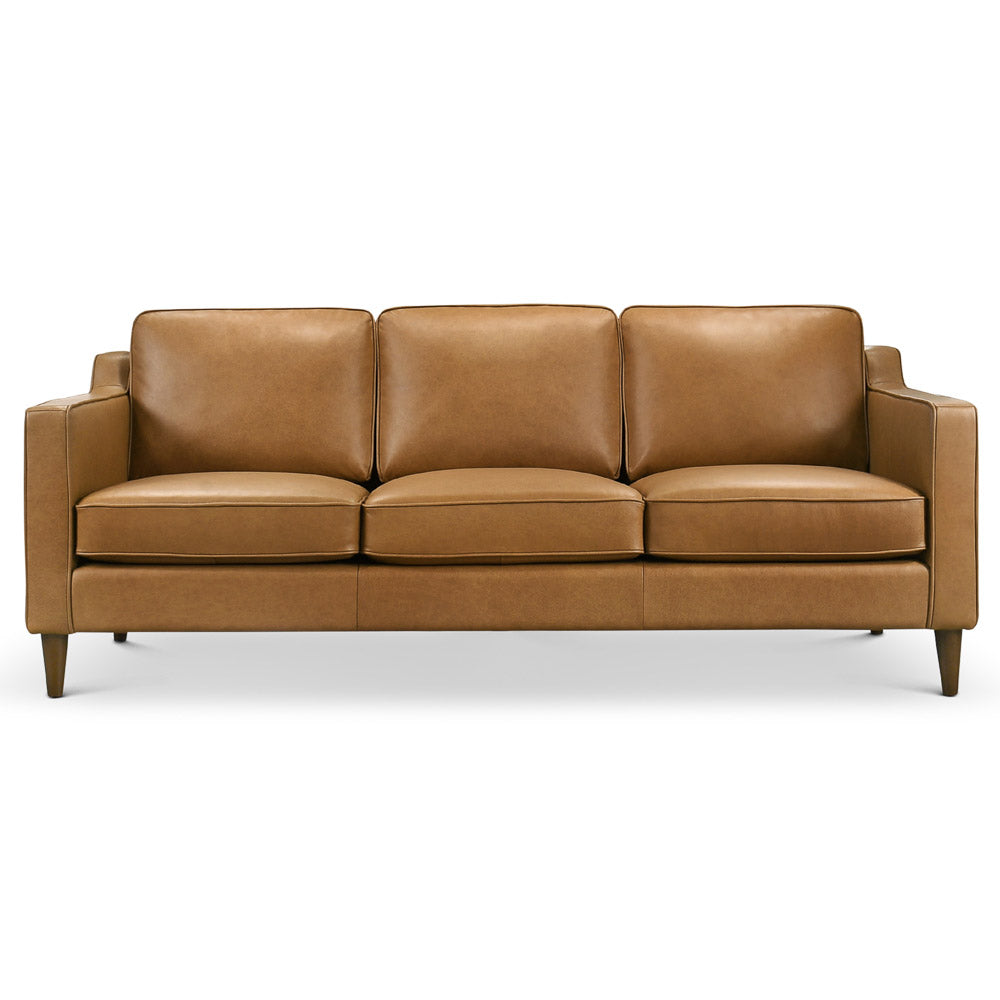
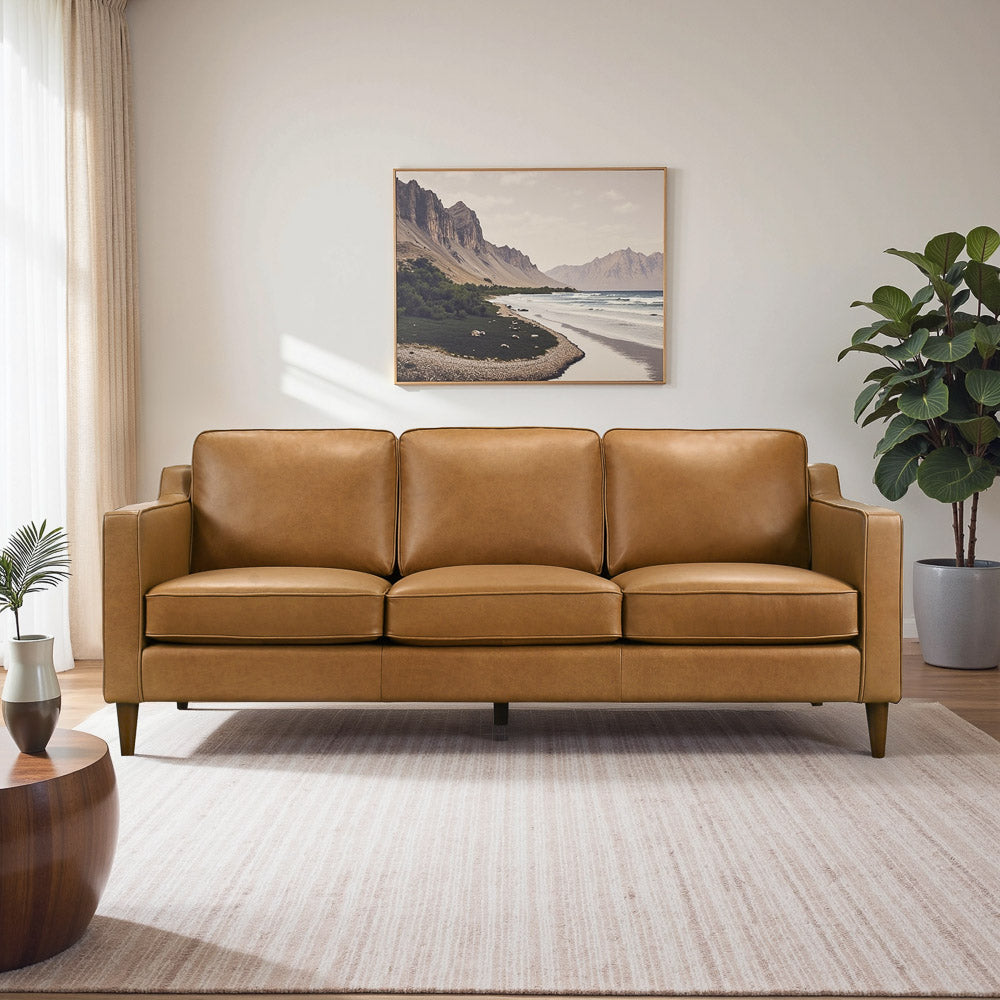
Leave a comment
This site is protected by hCaptcha and the hCaptcha Privacy Policy and Terms of Service apply.